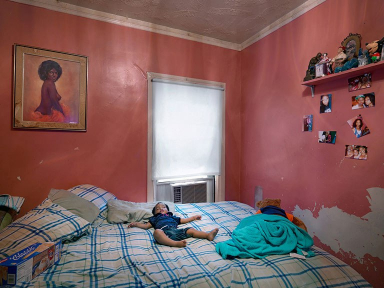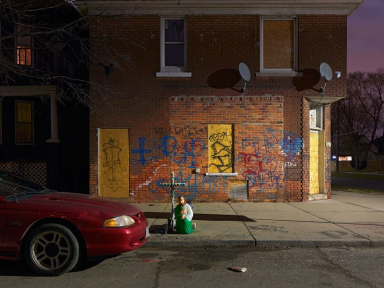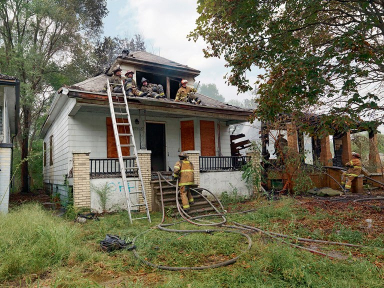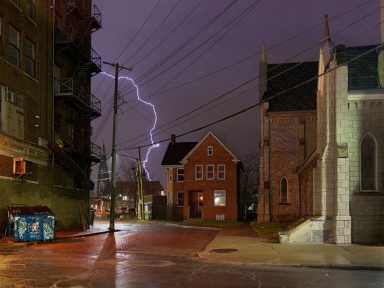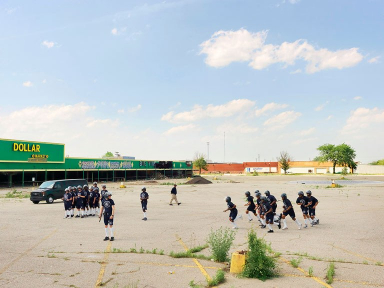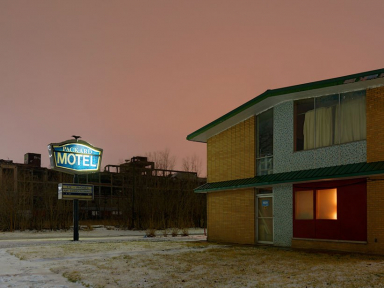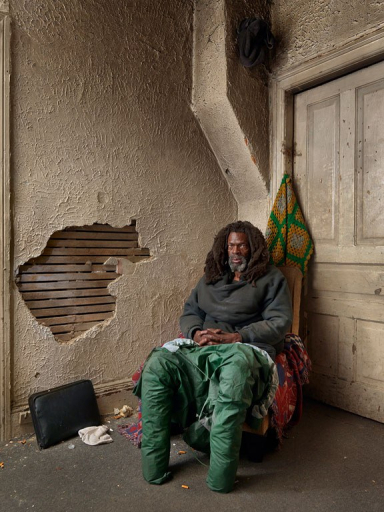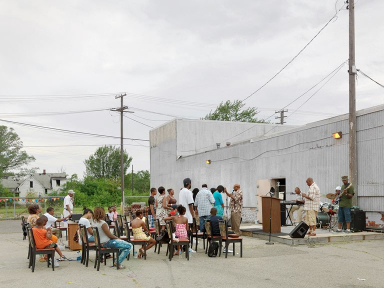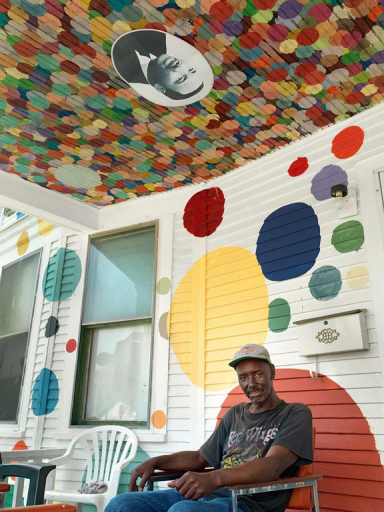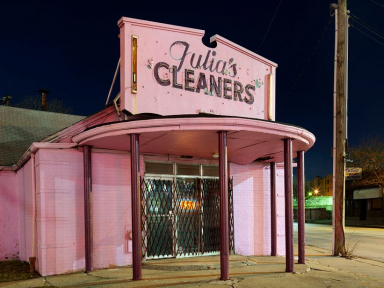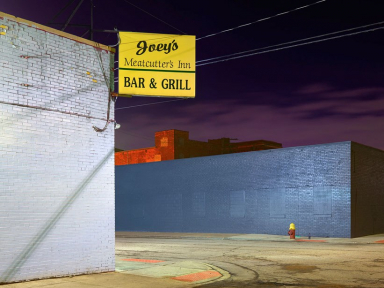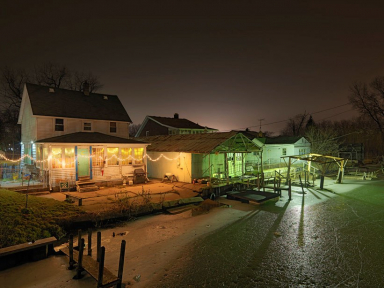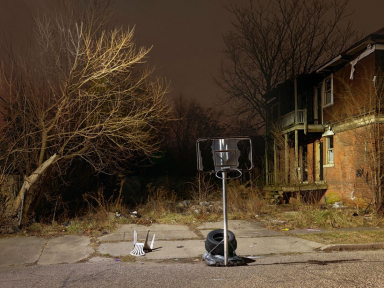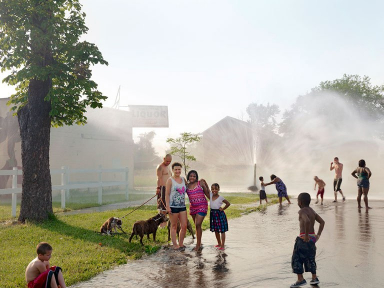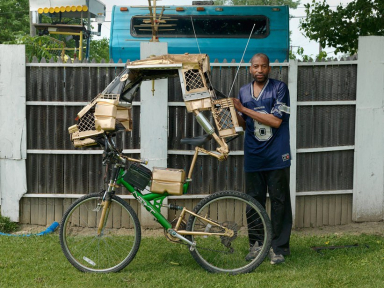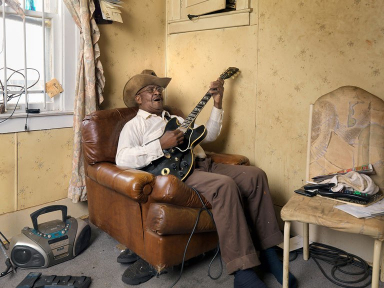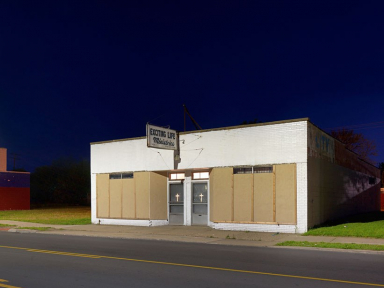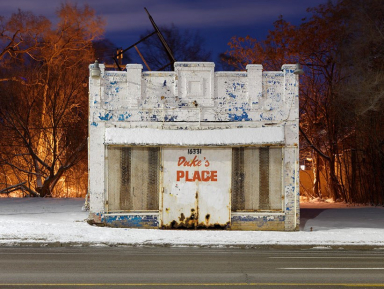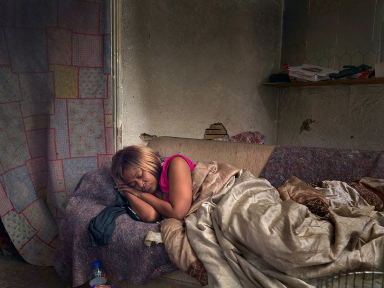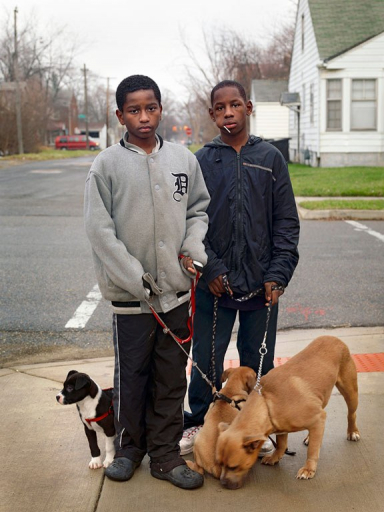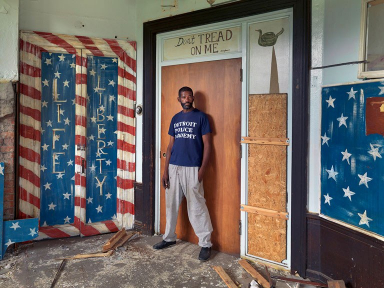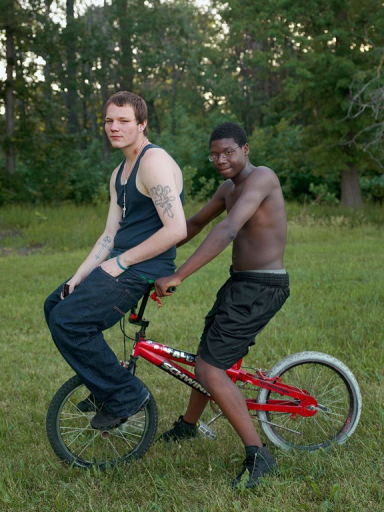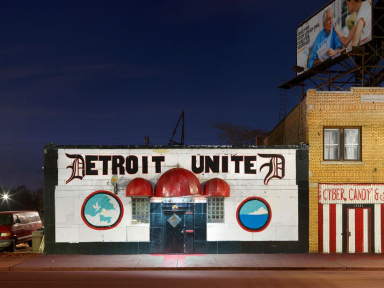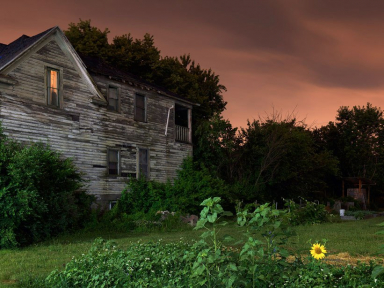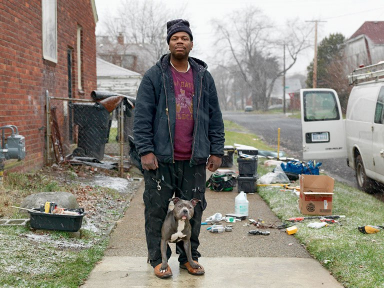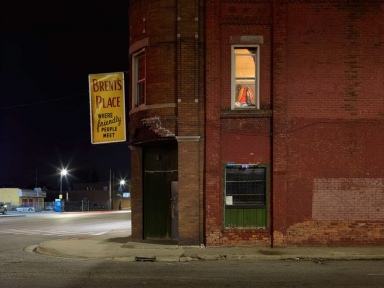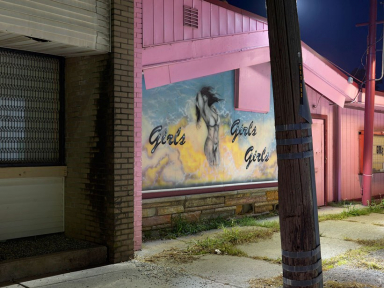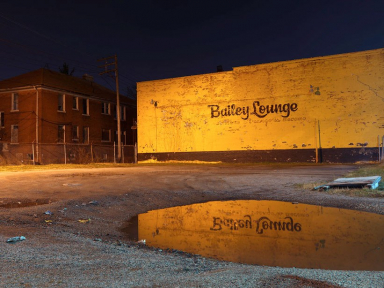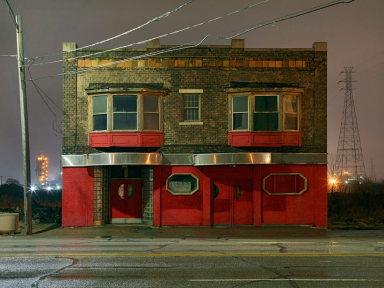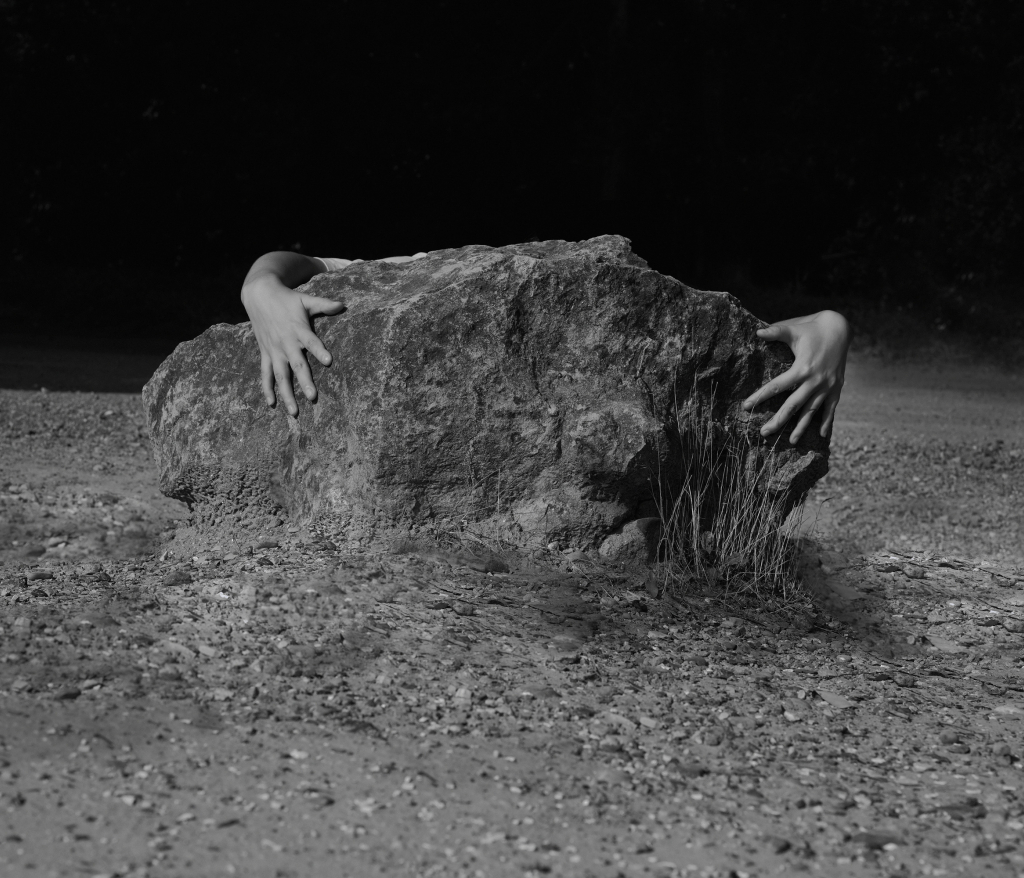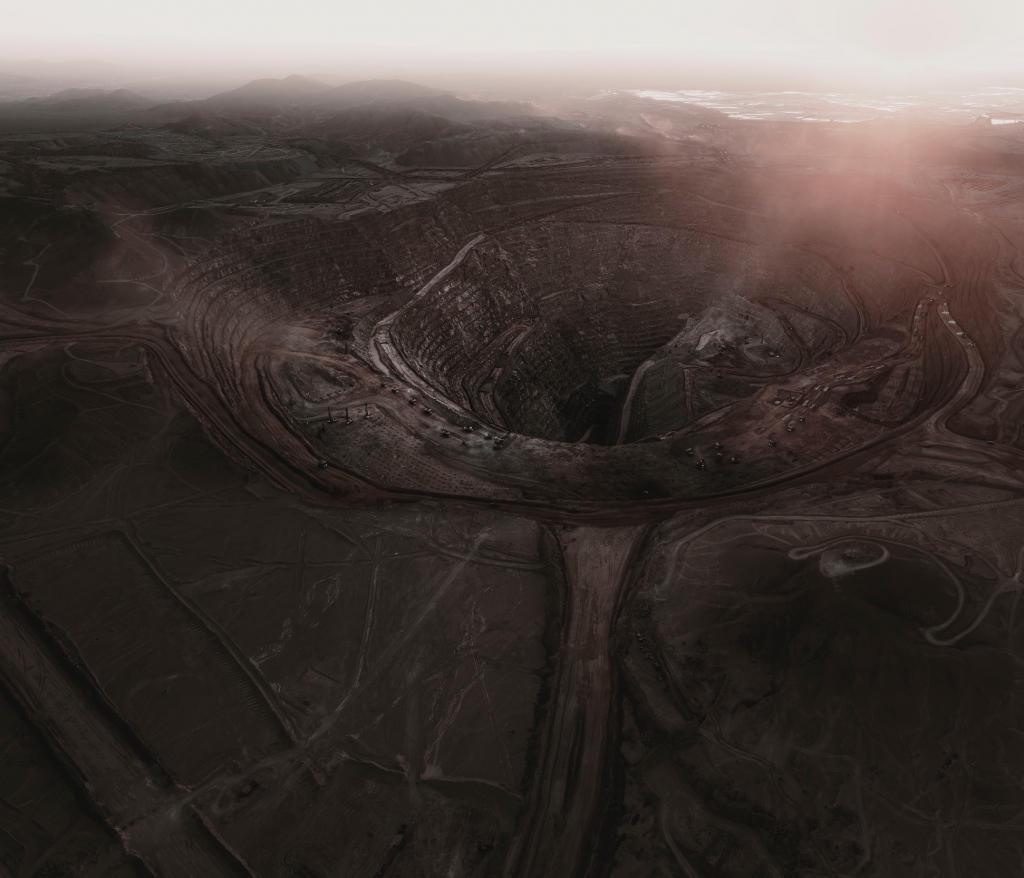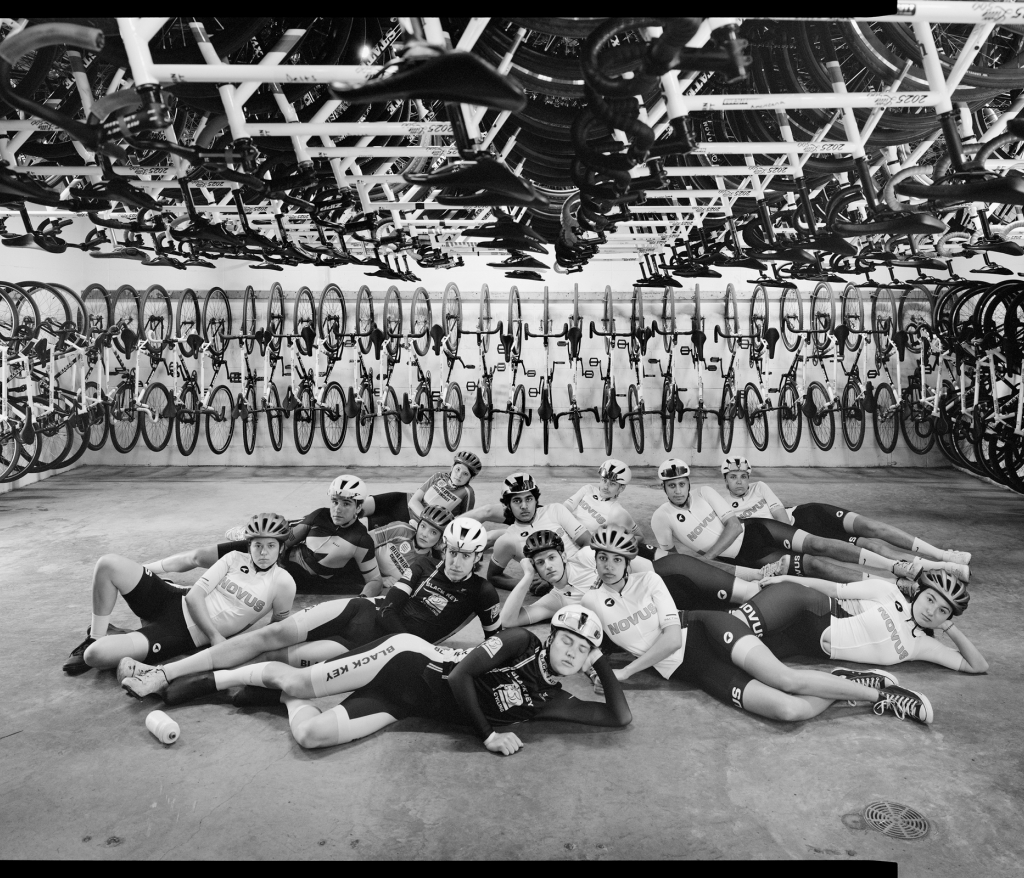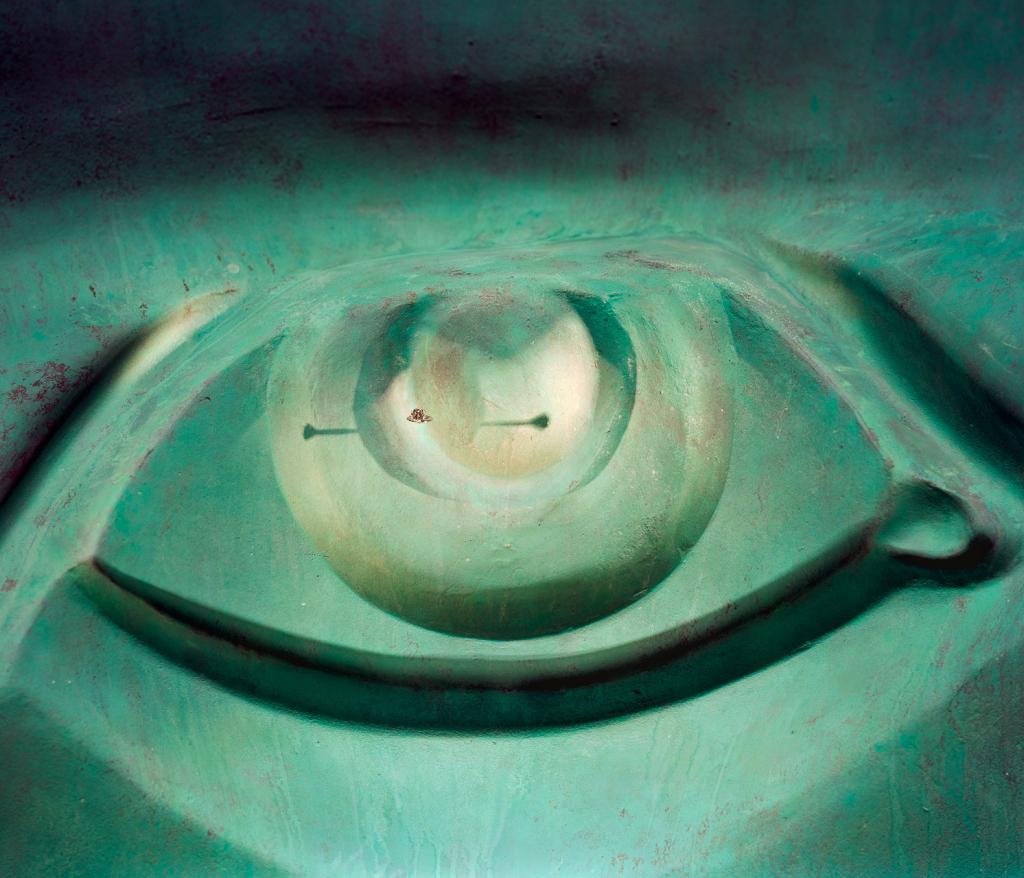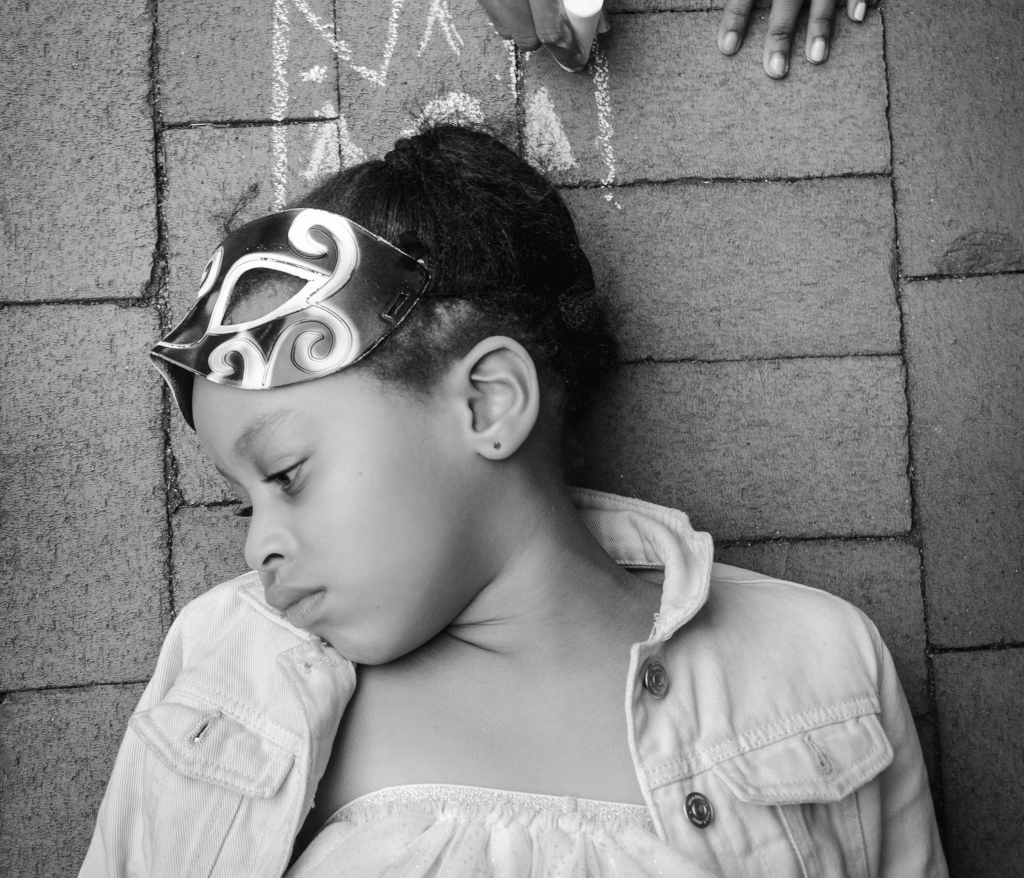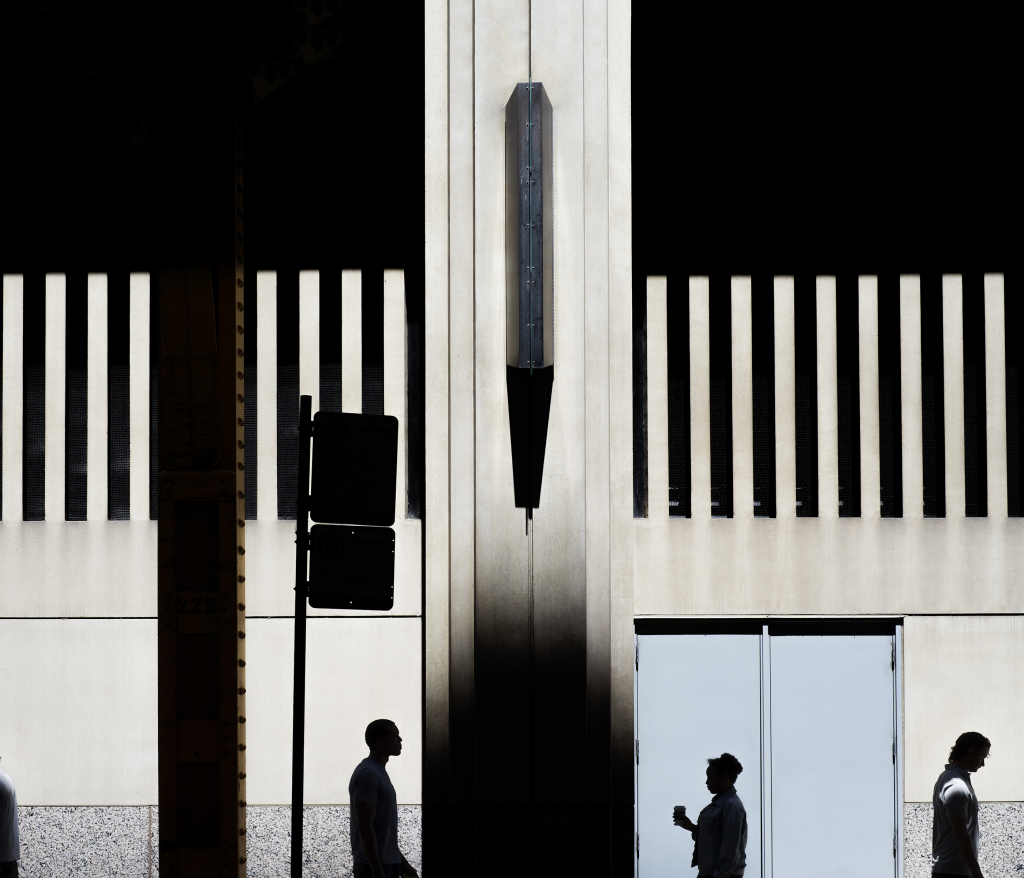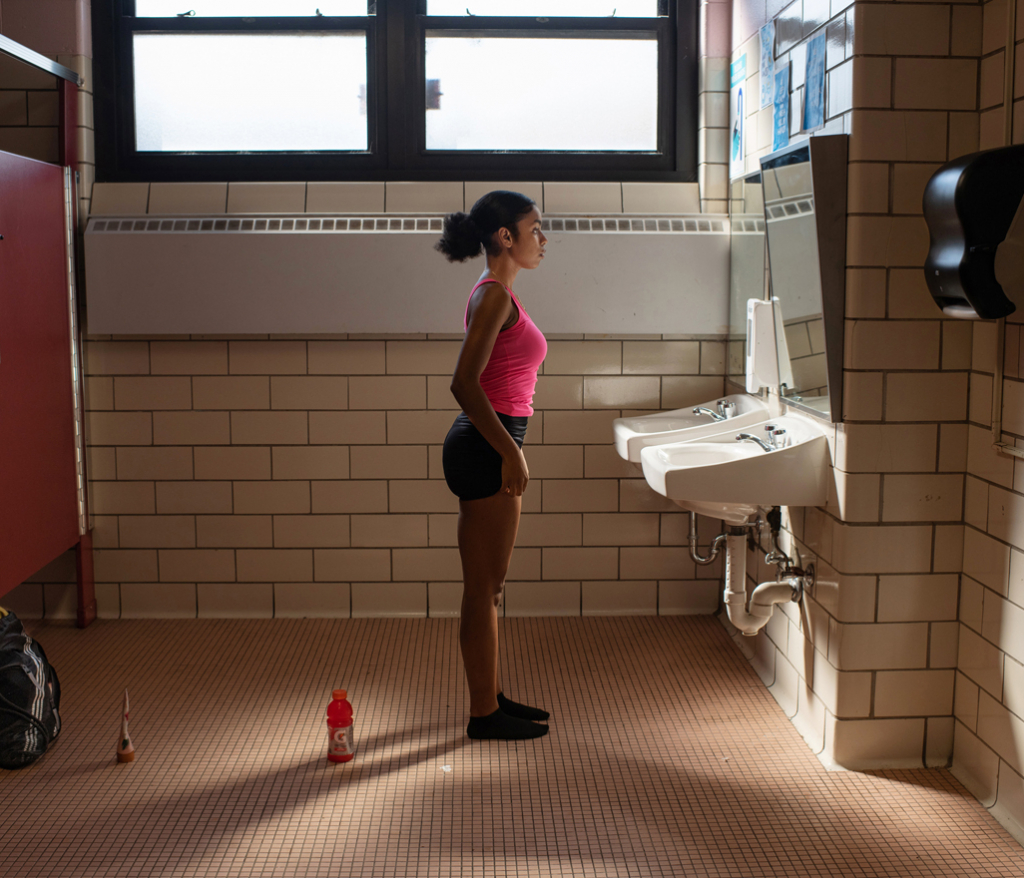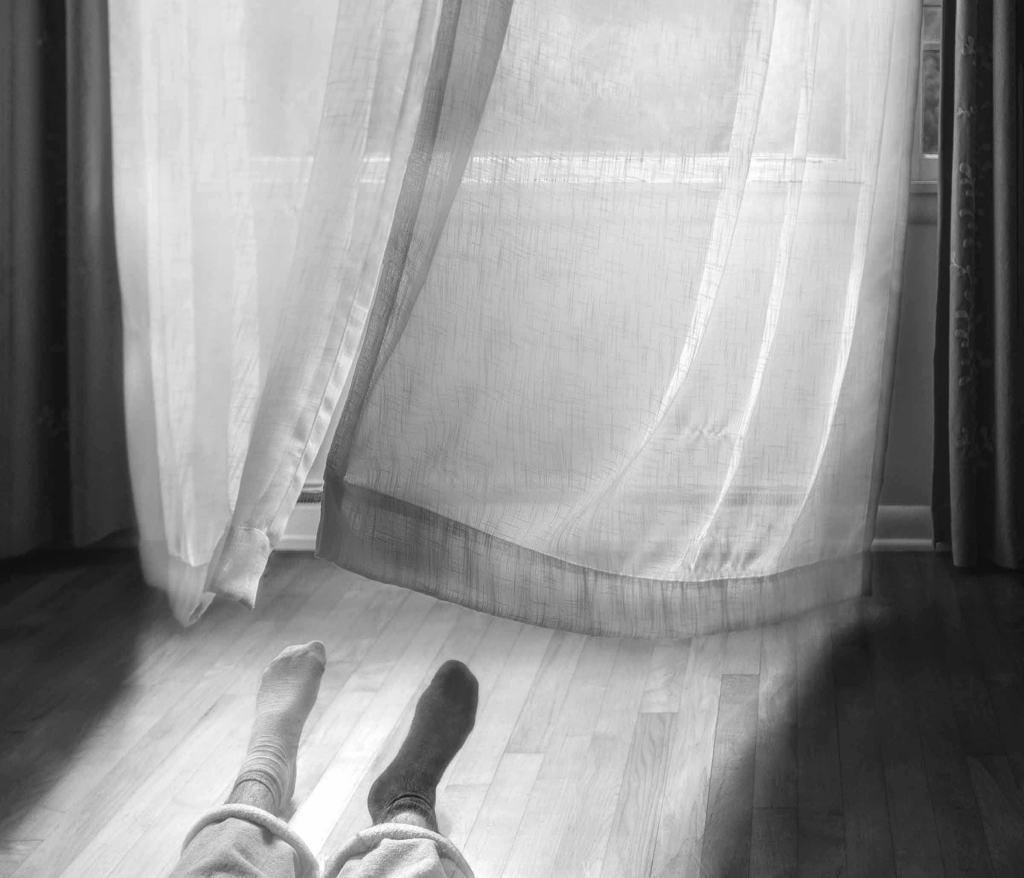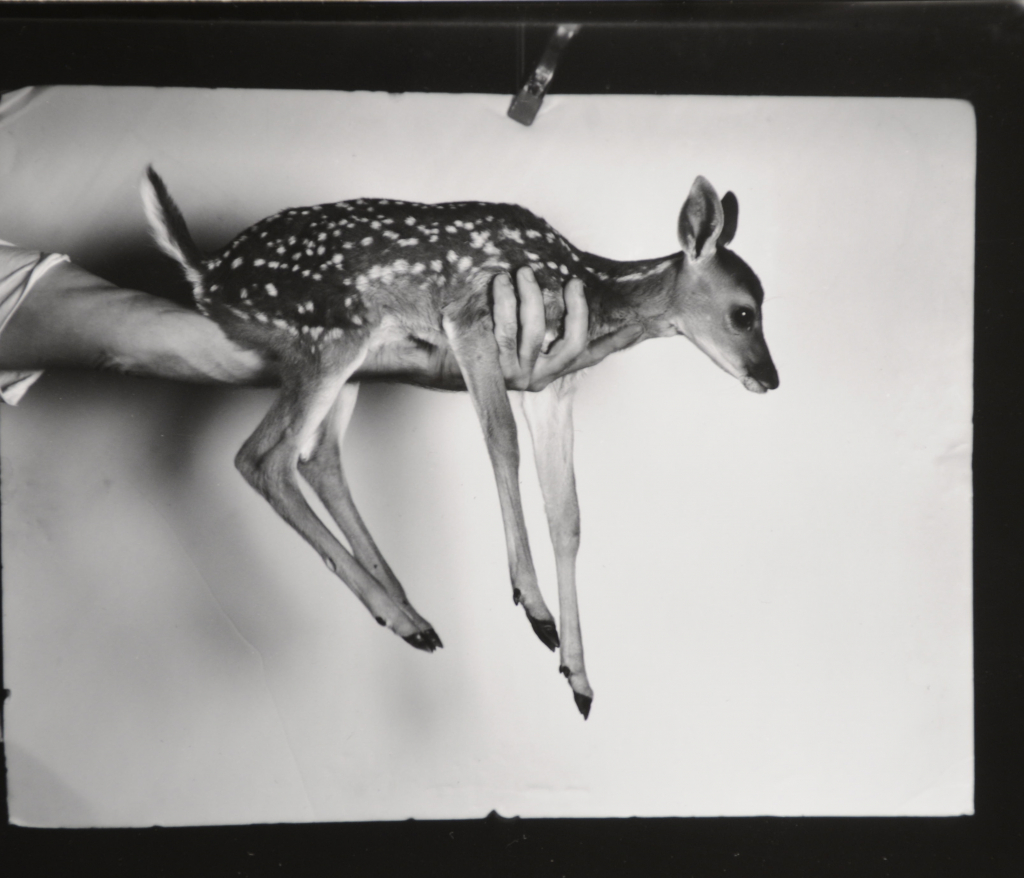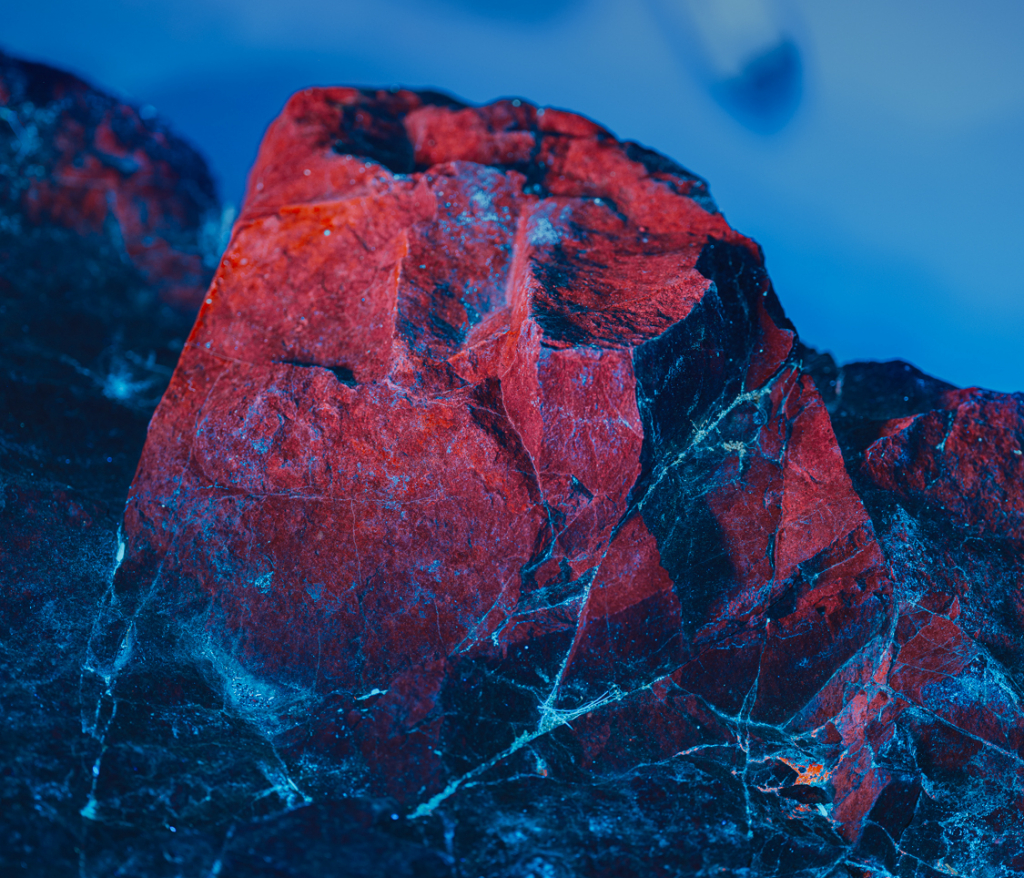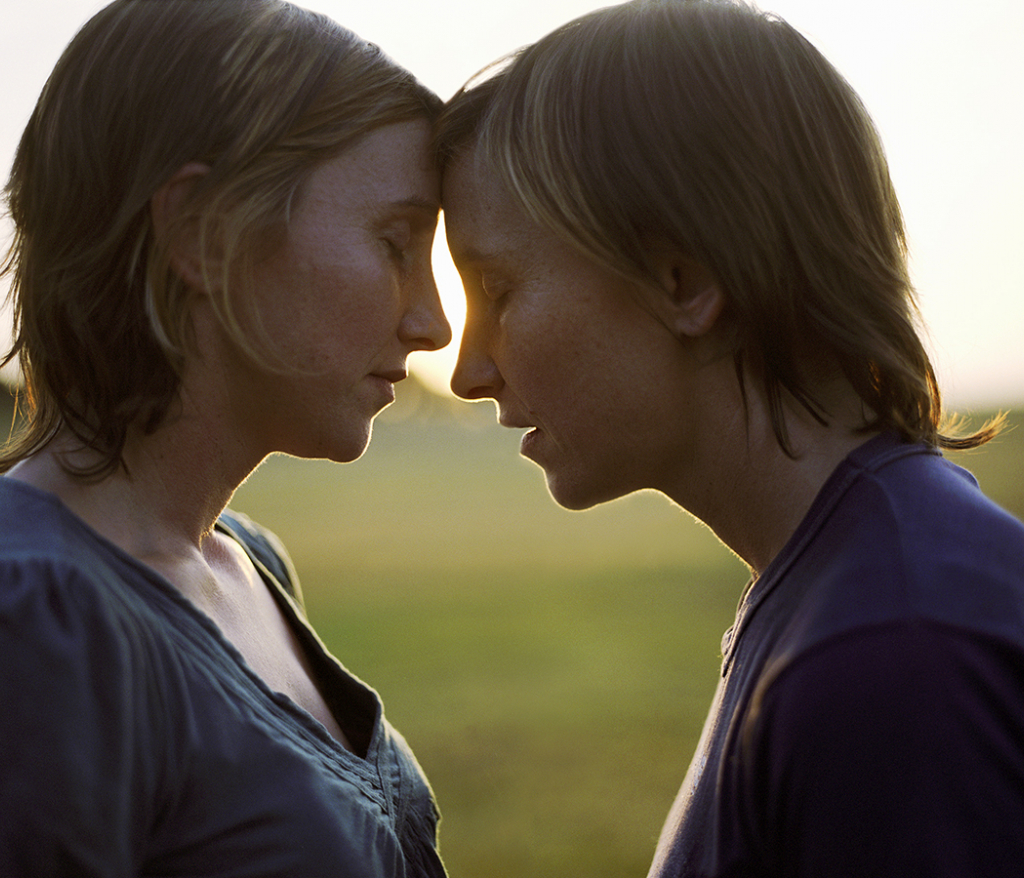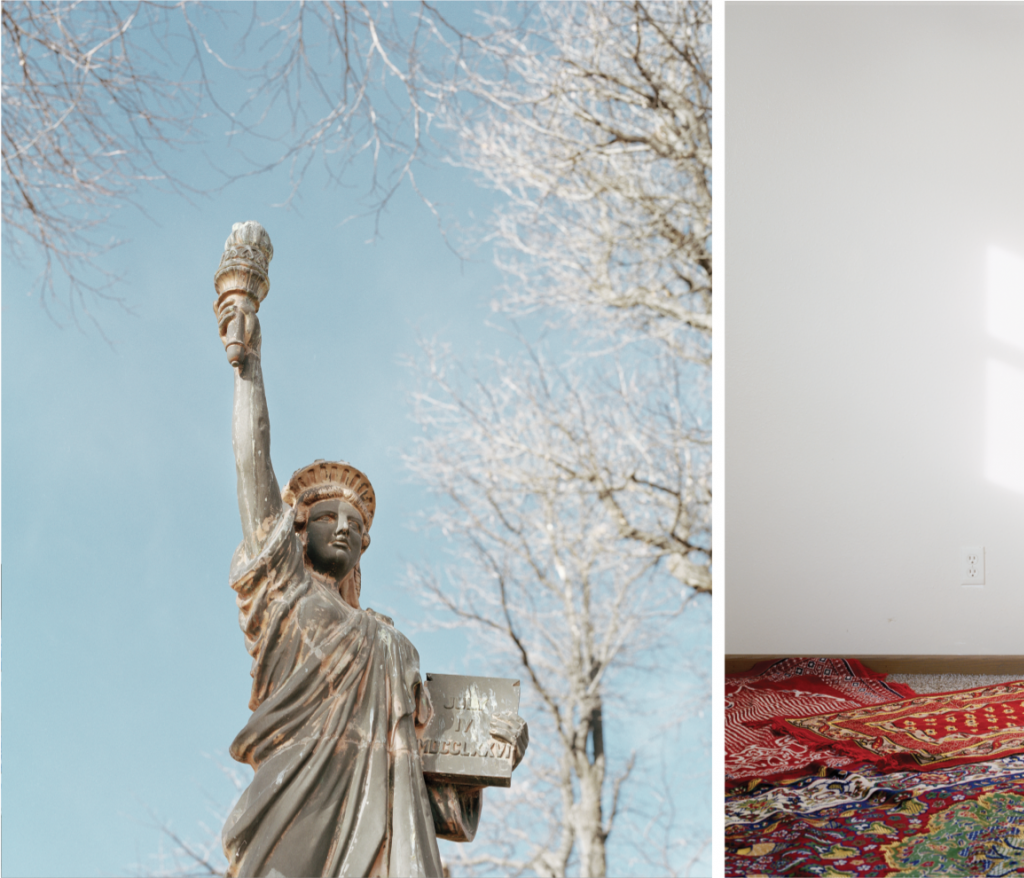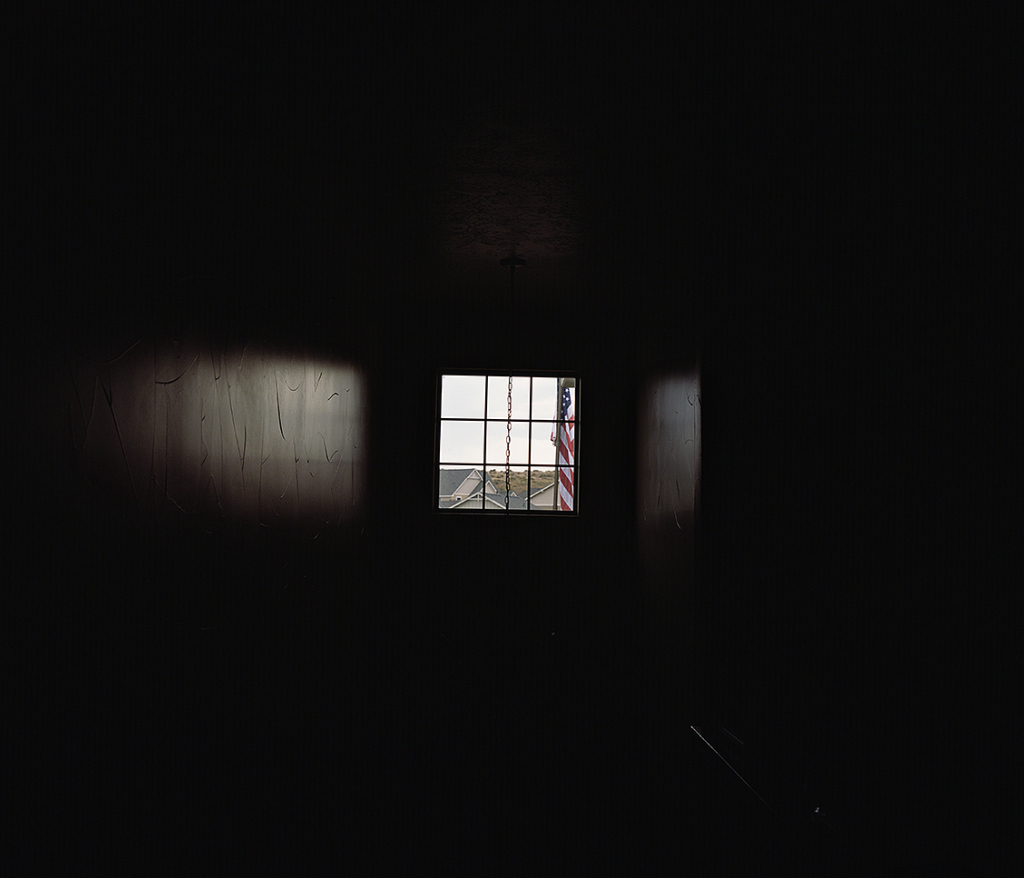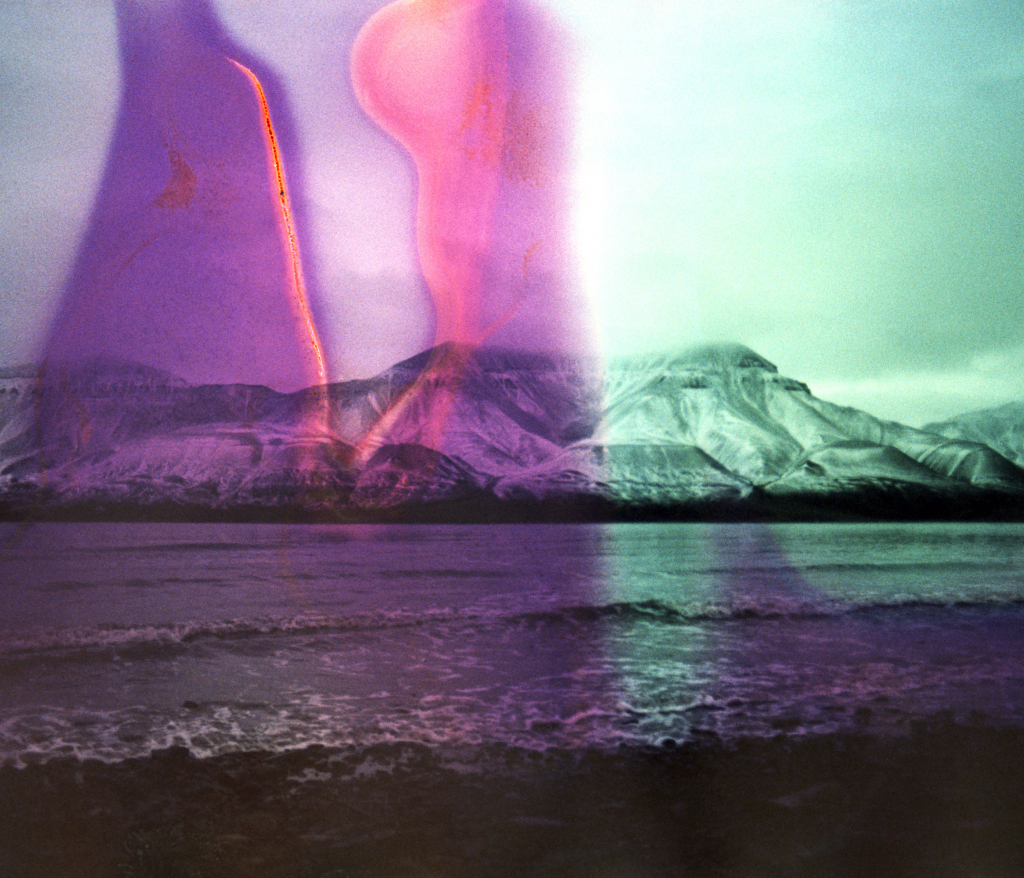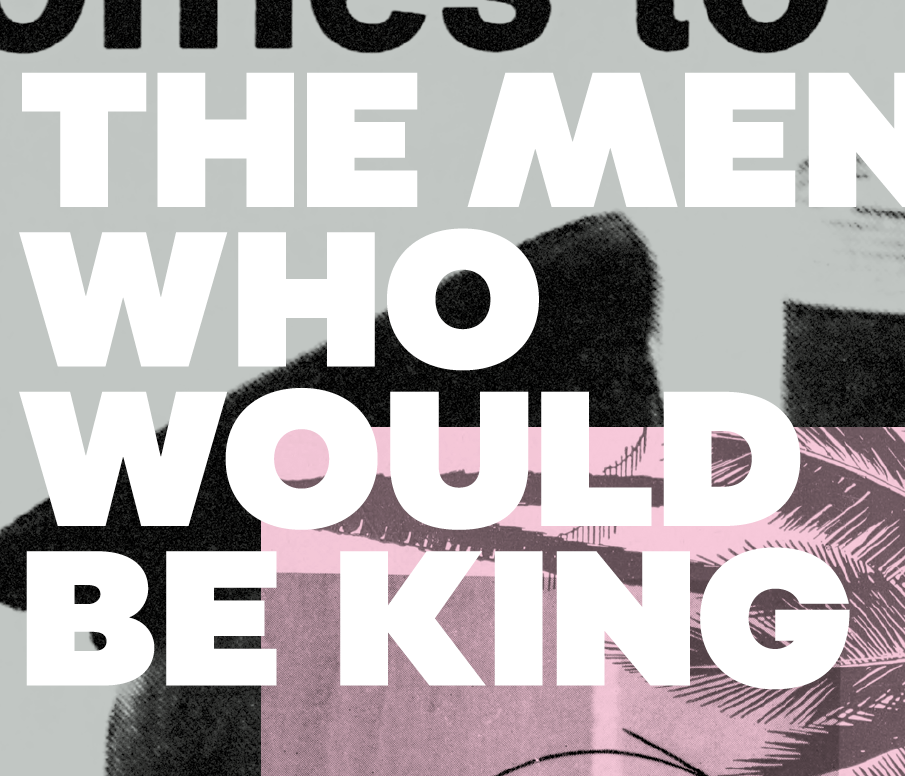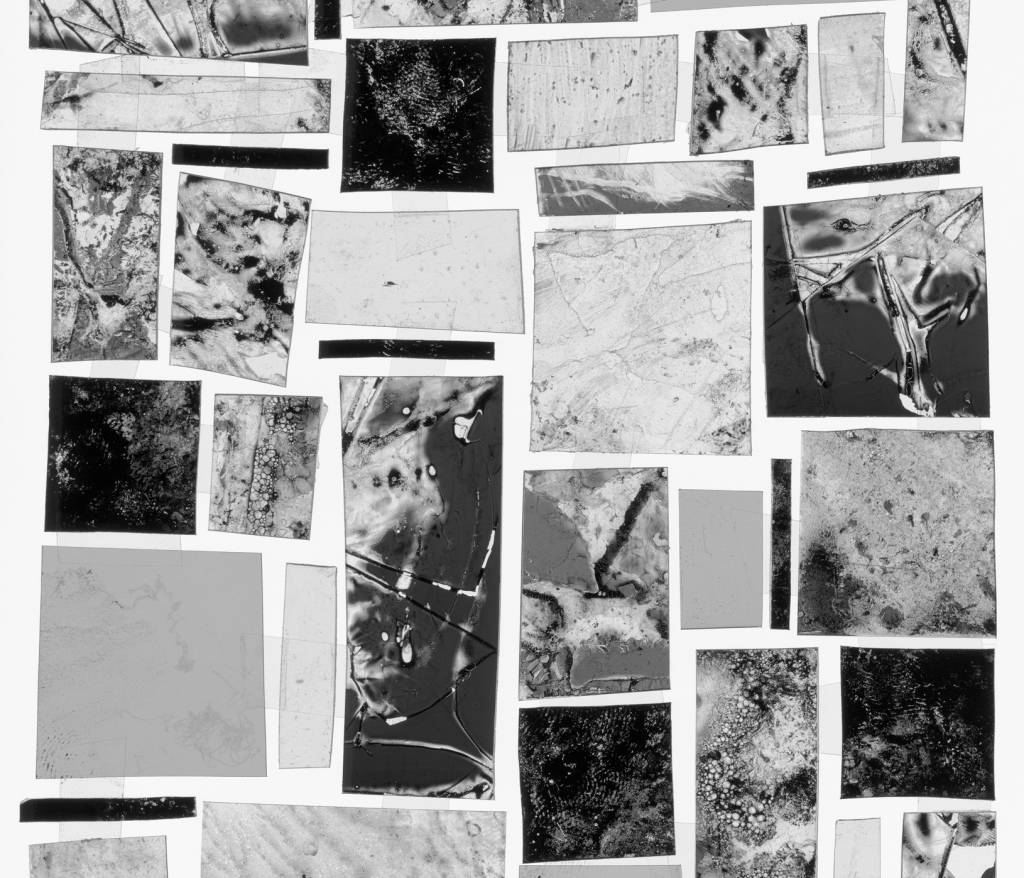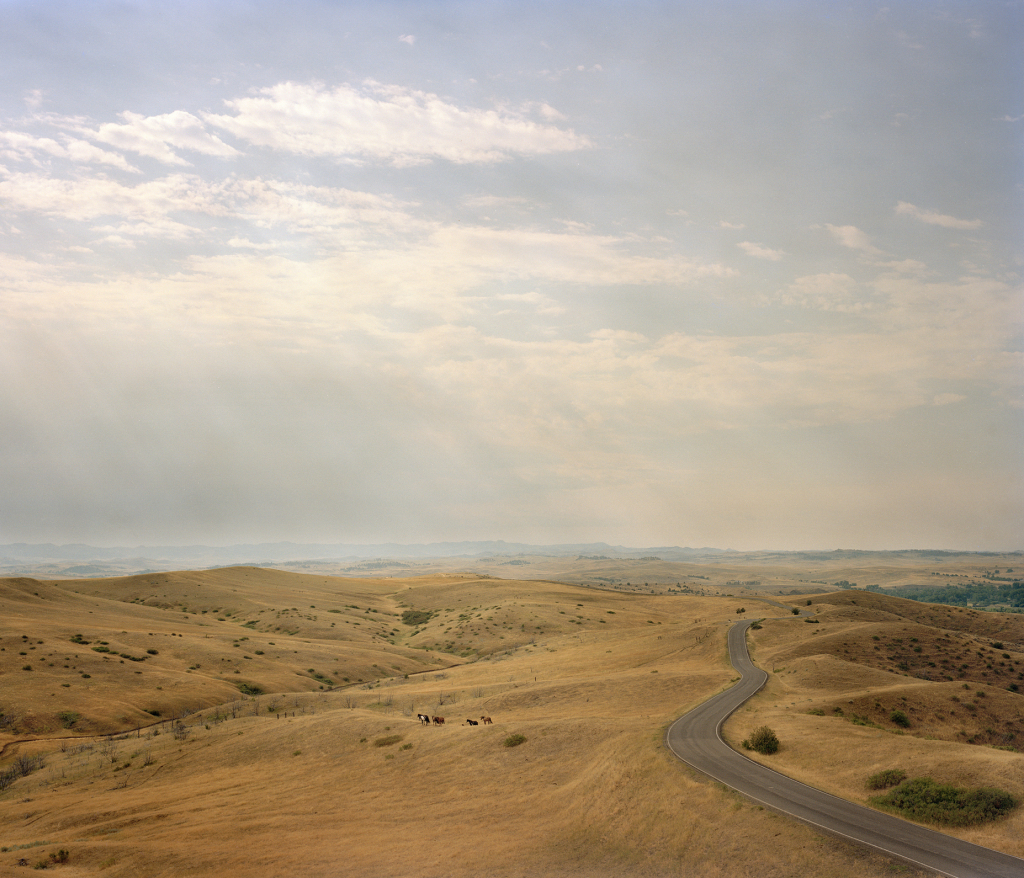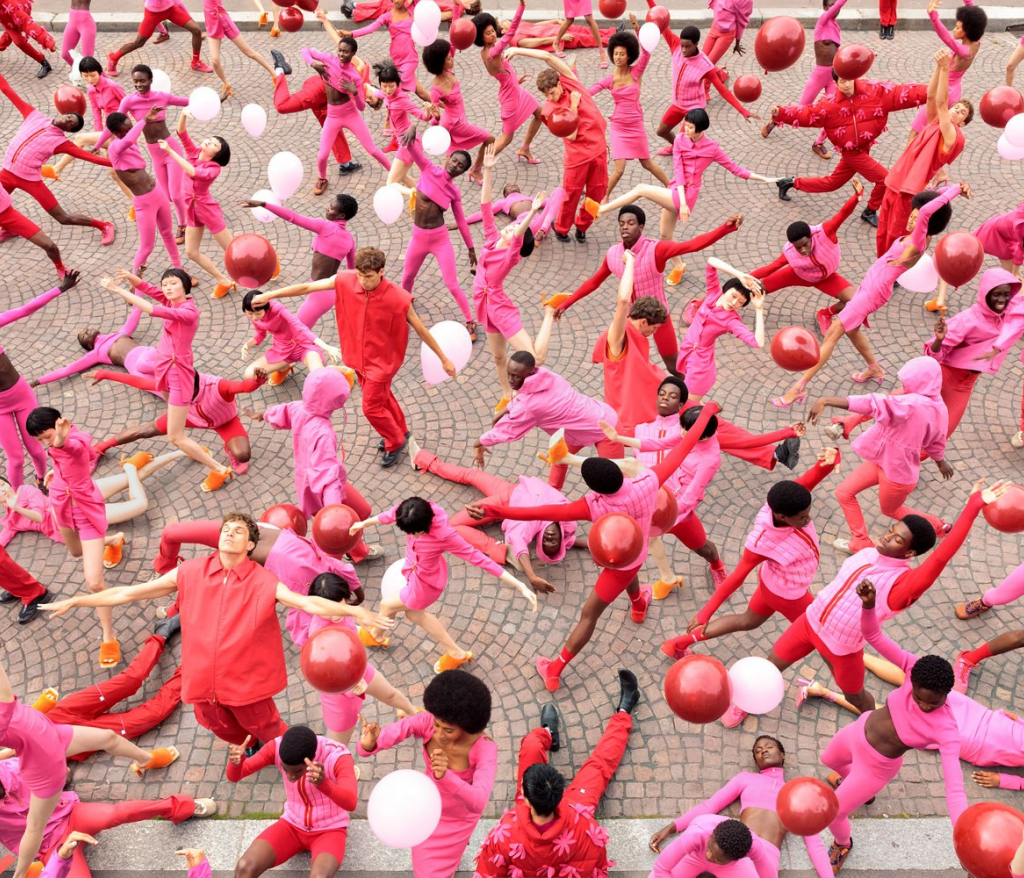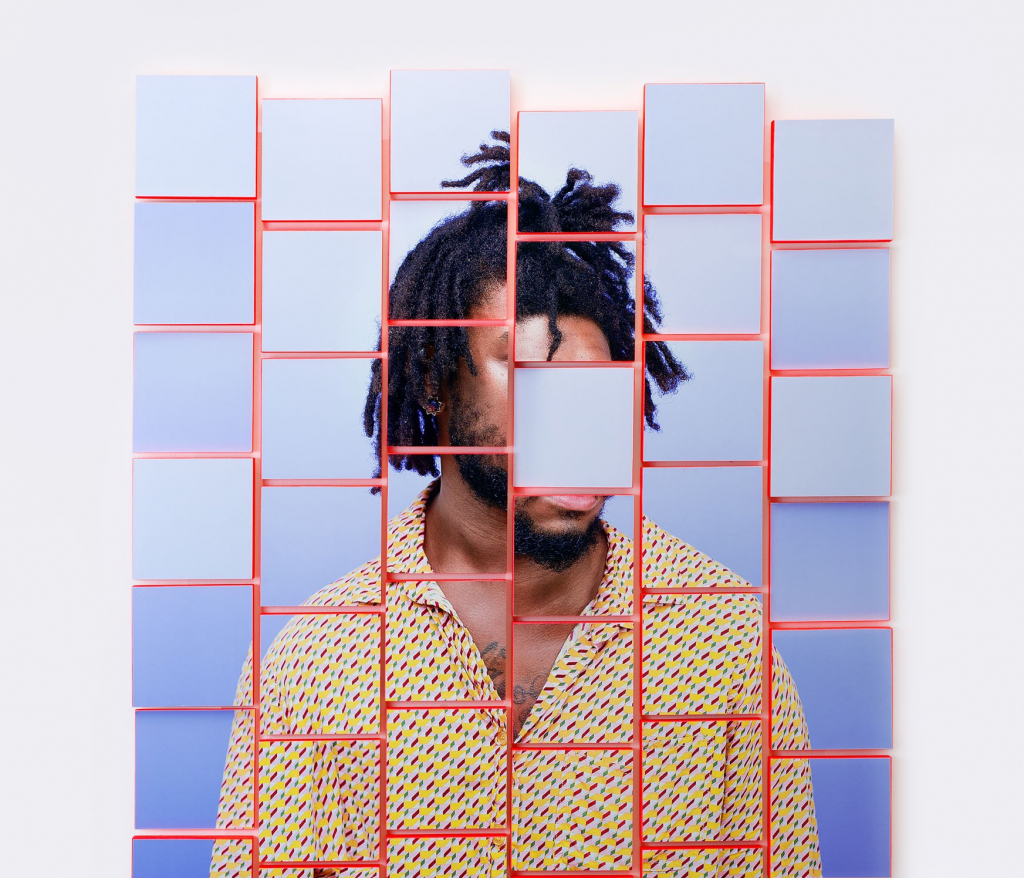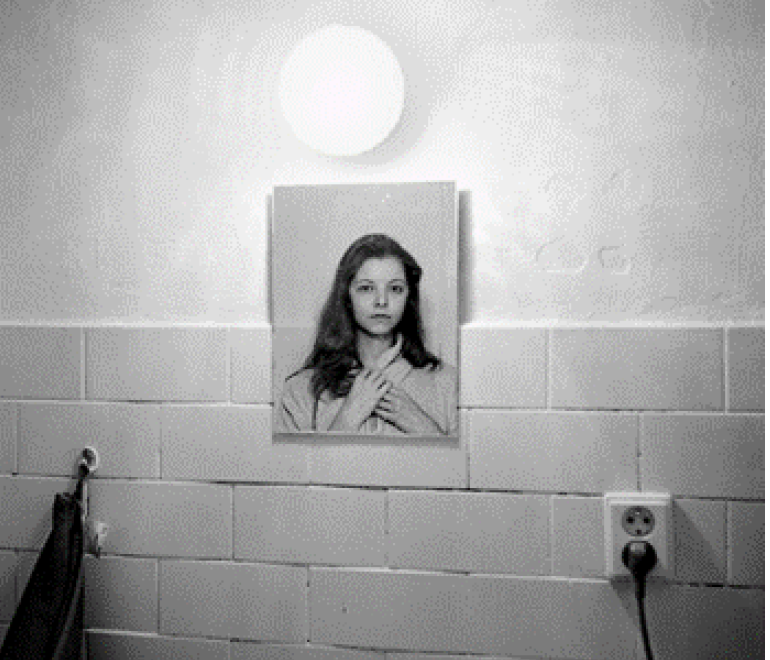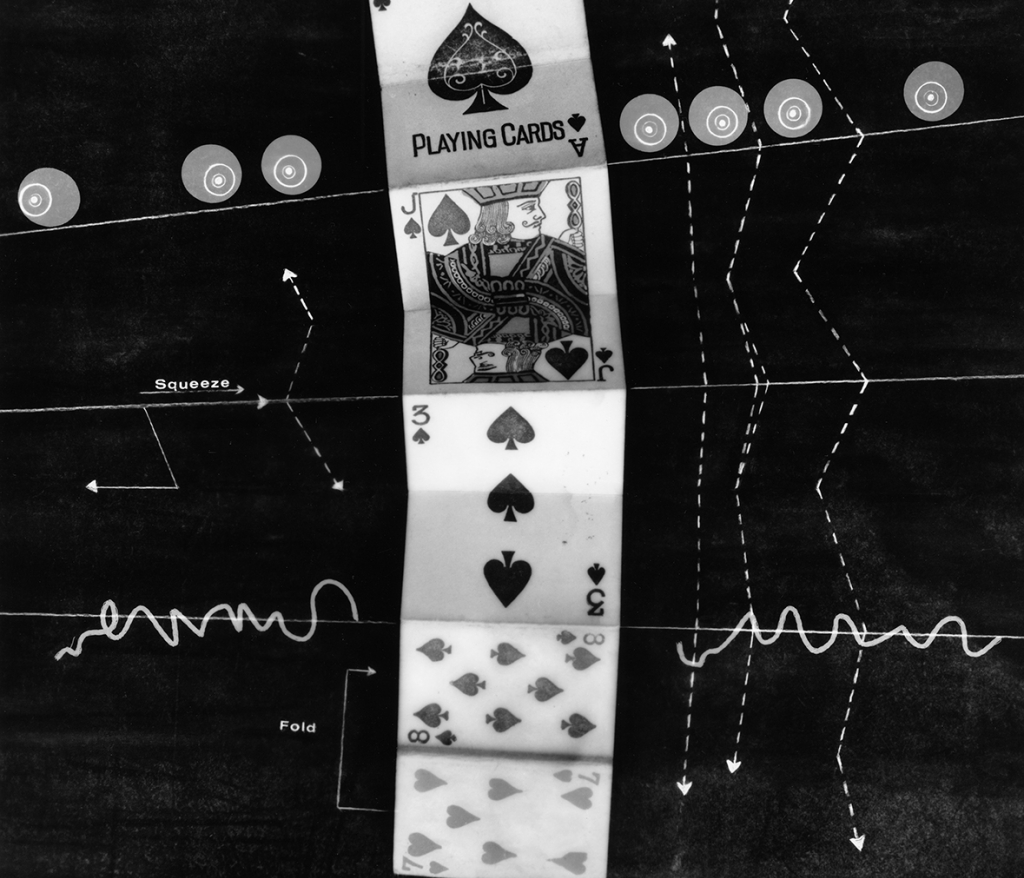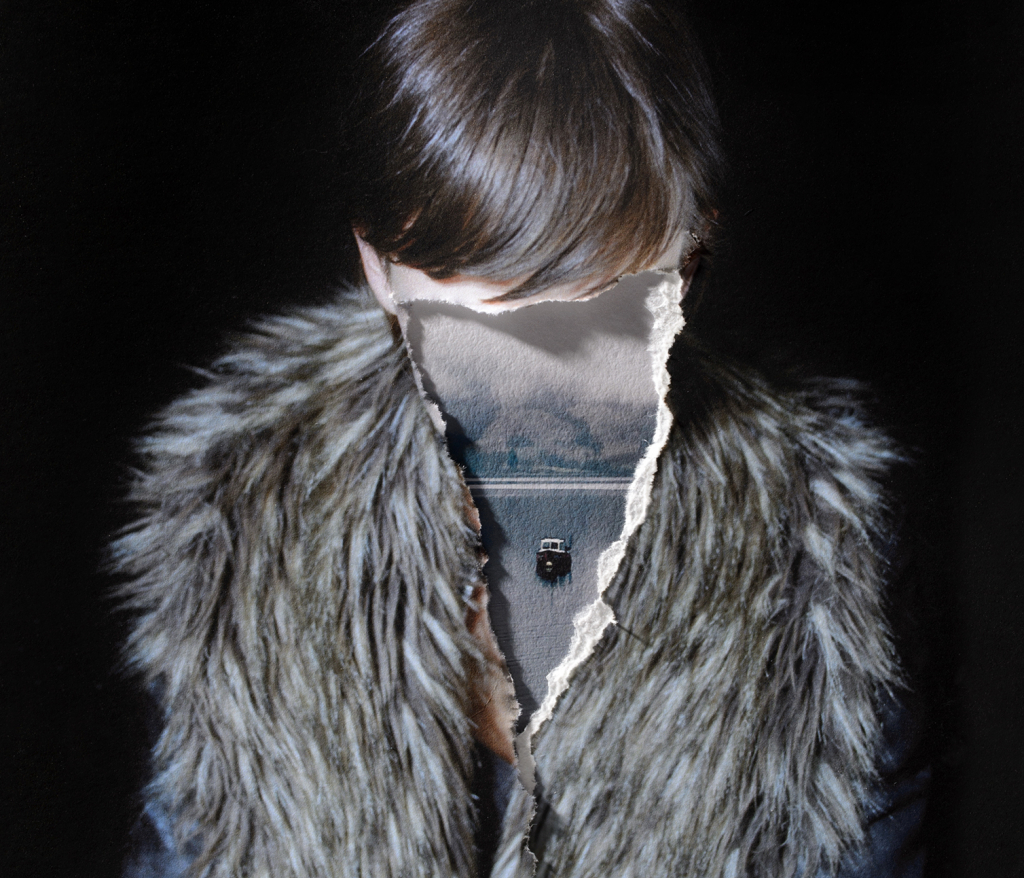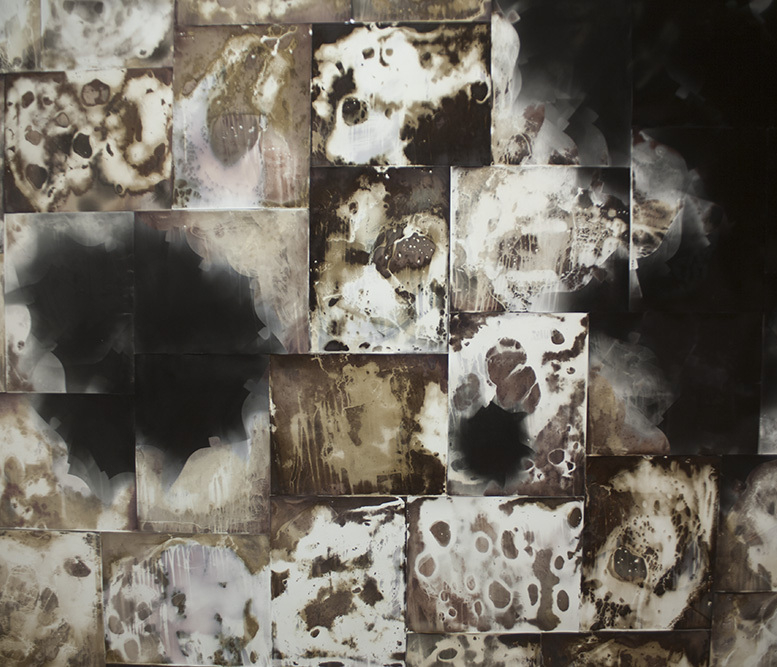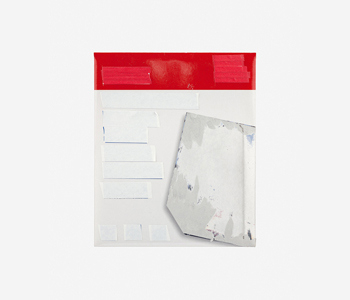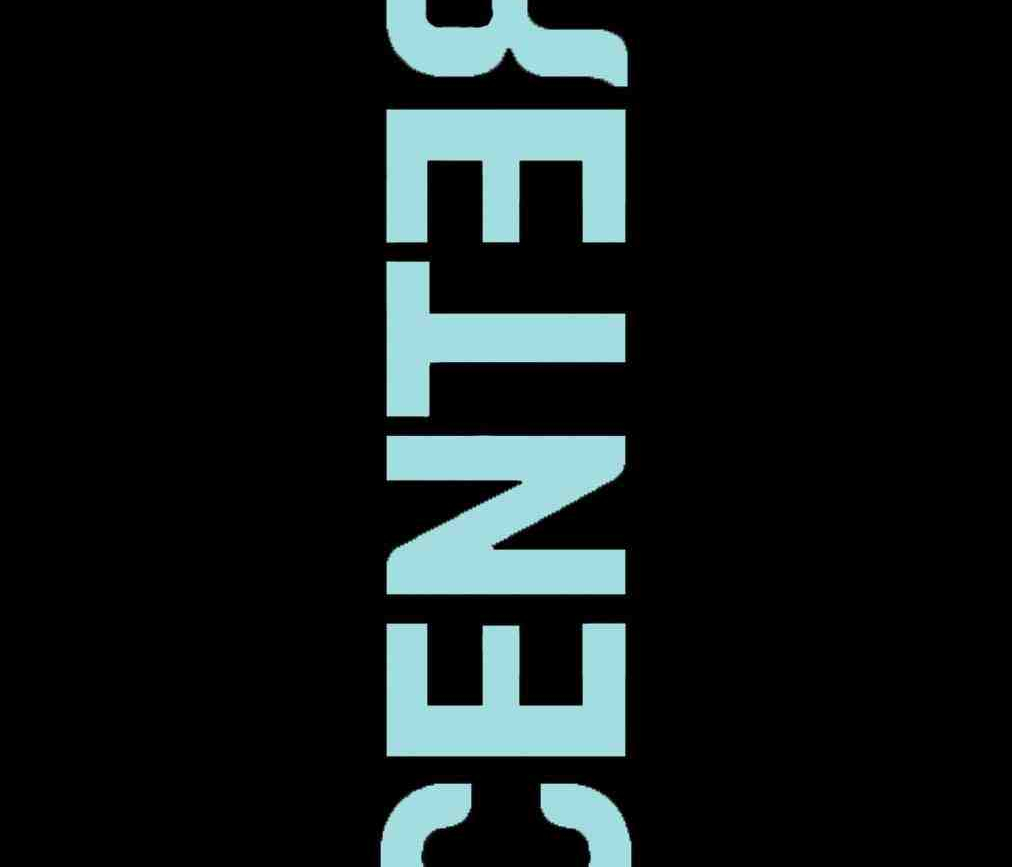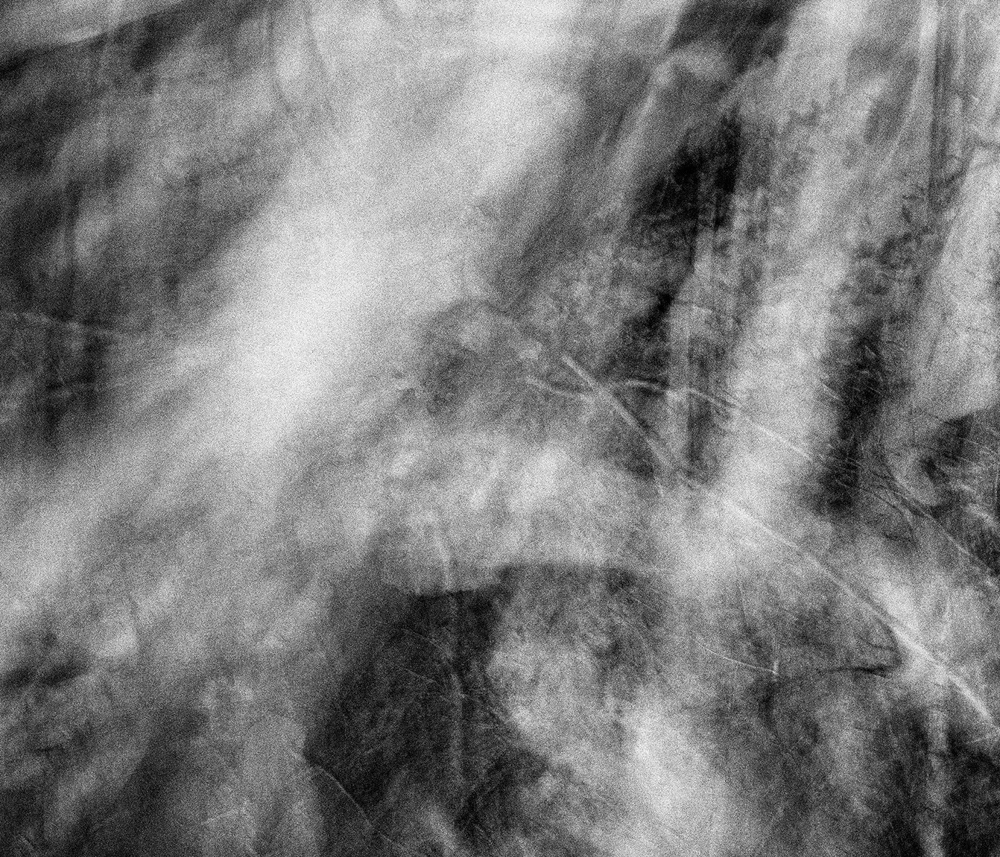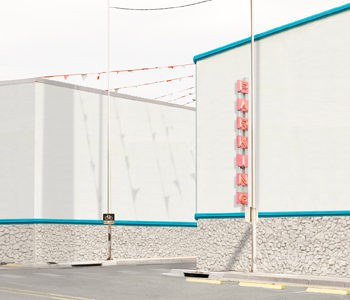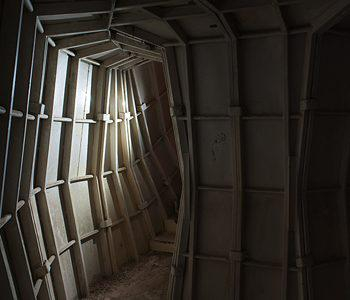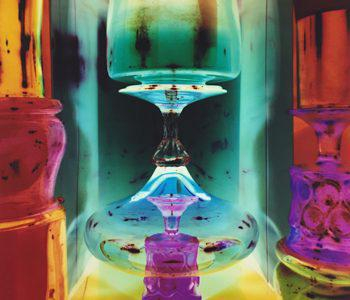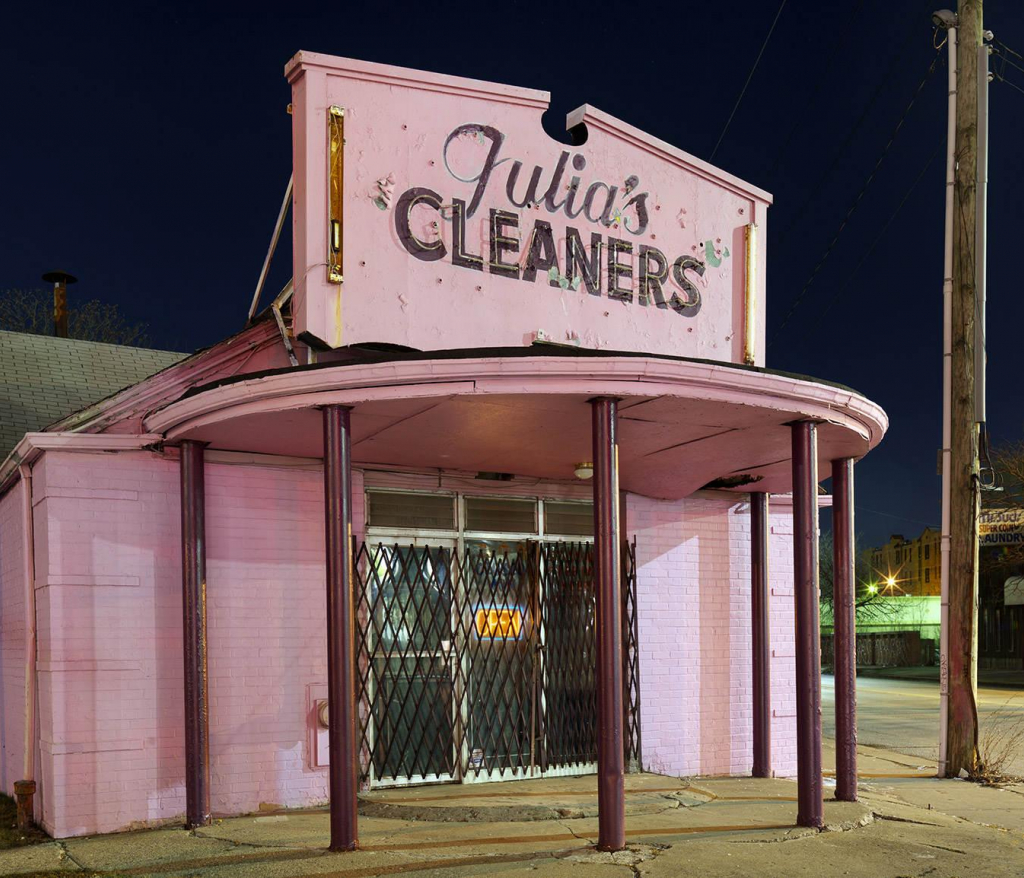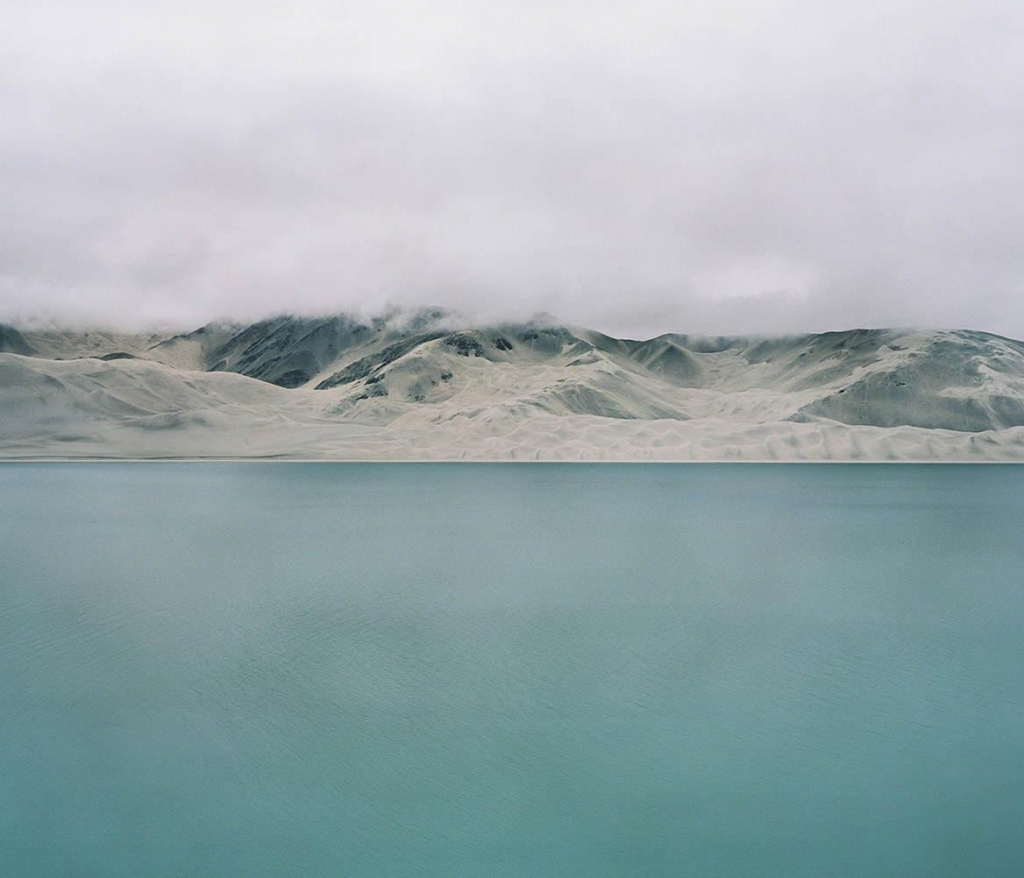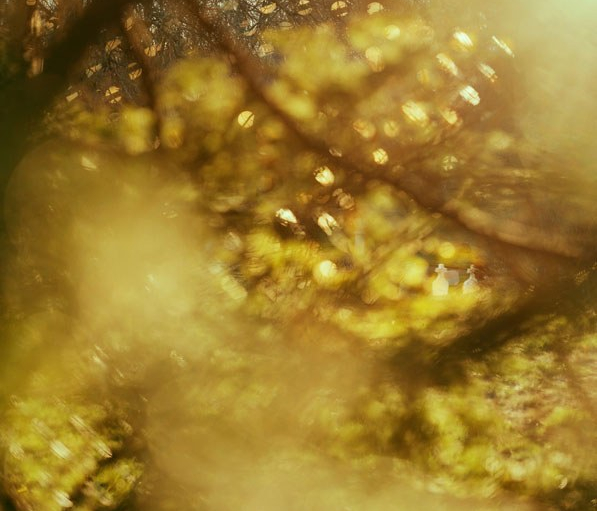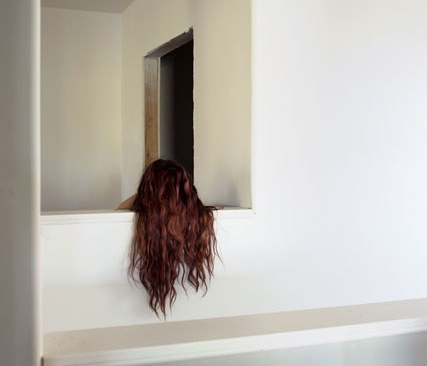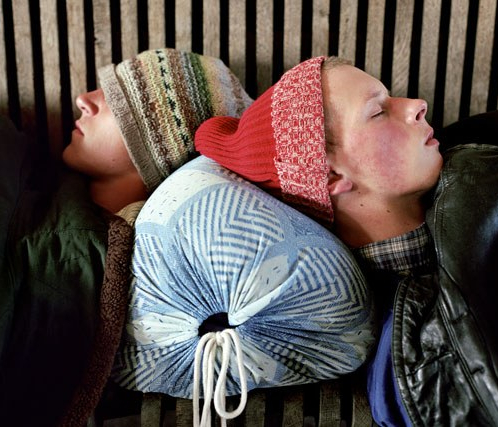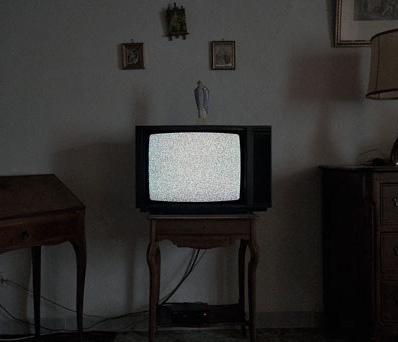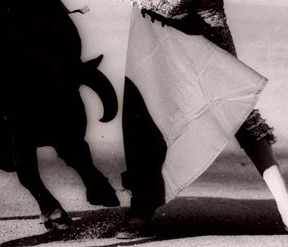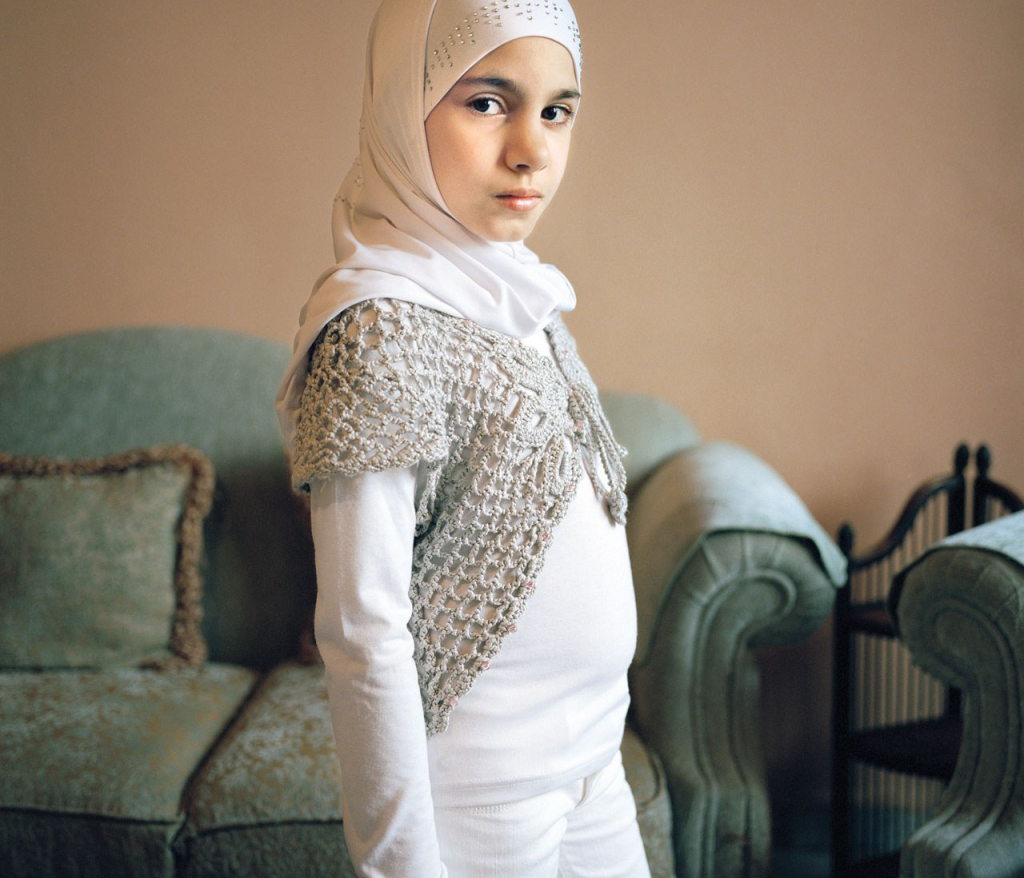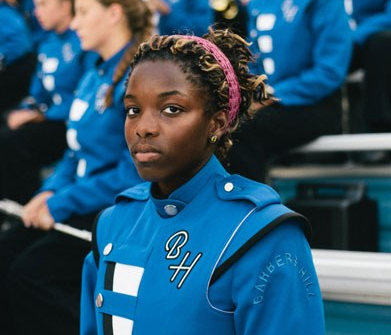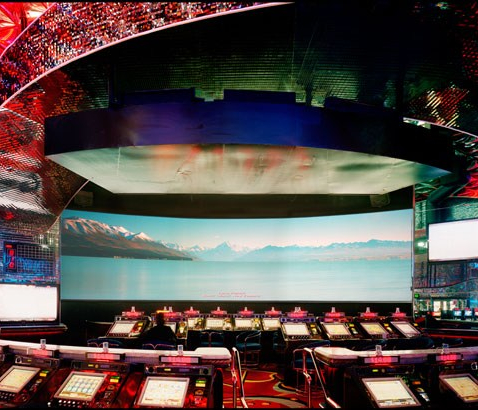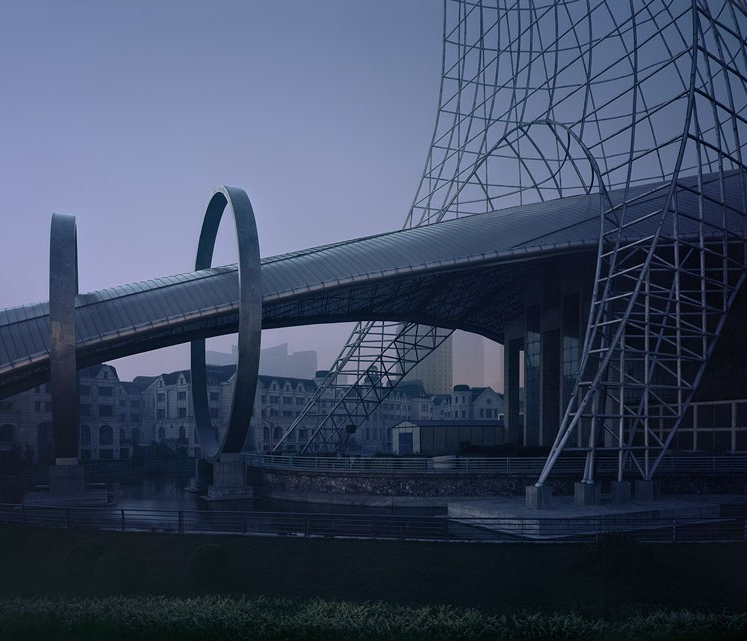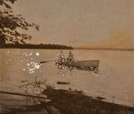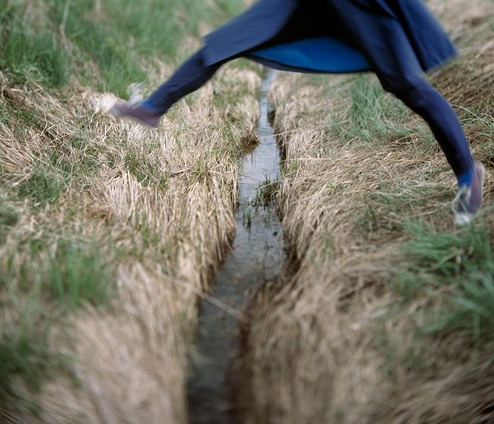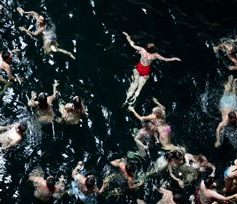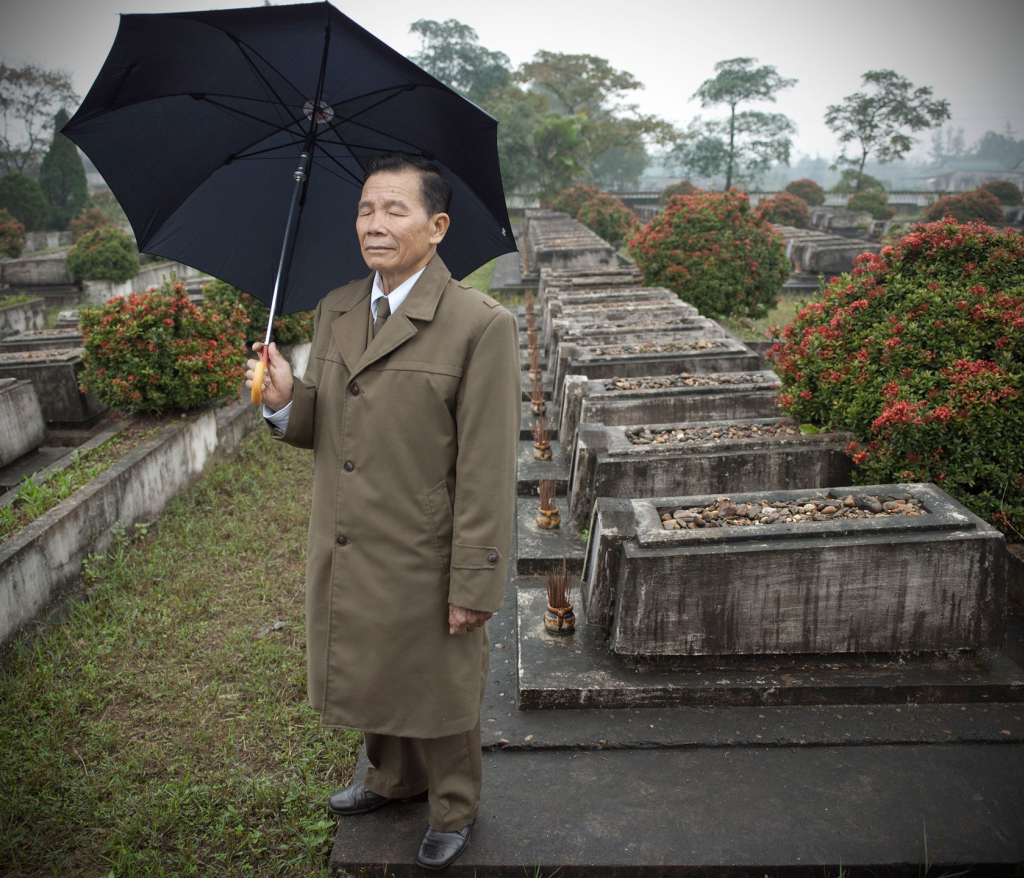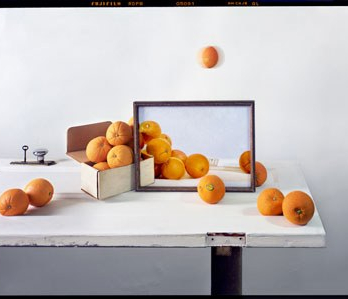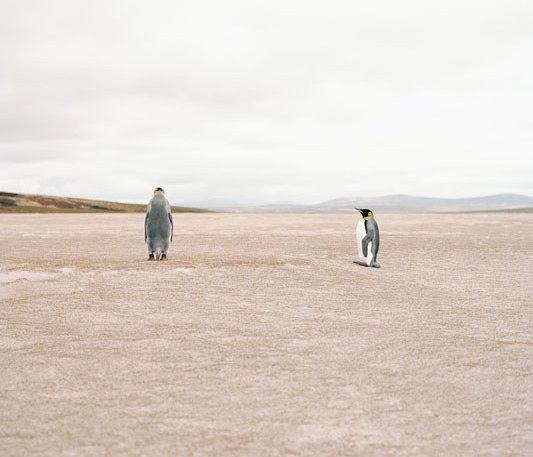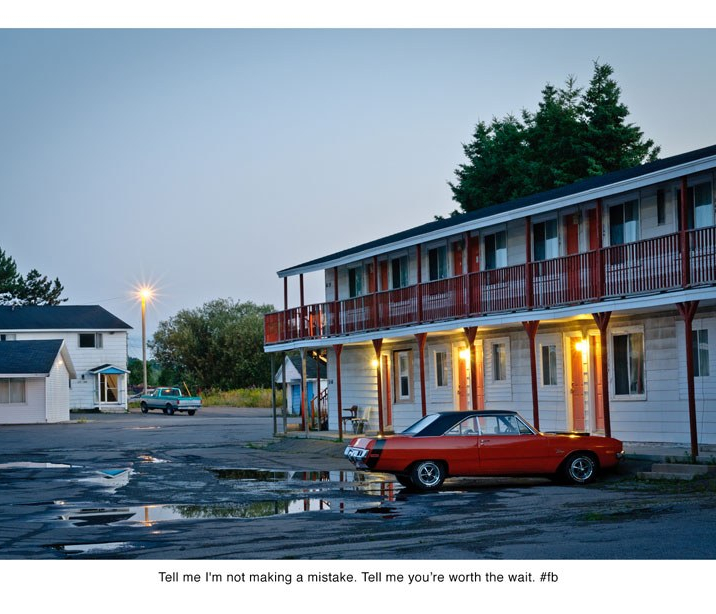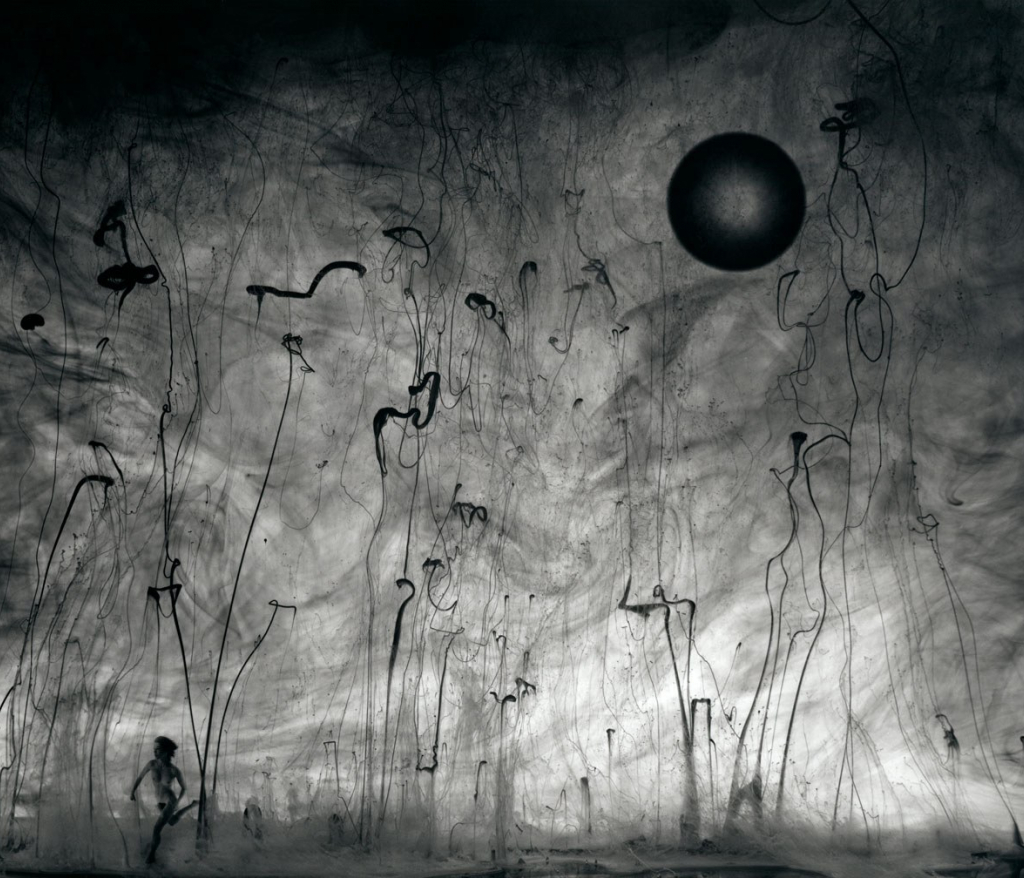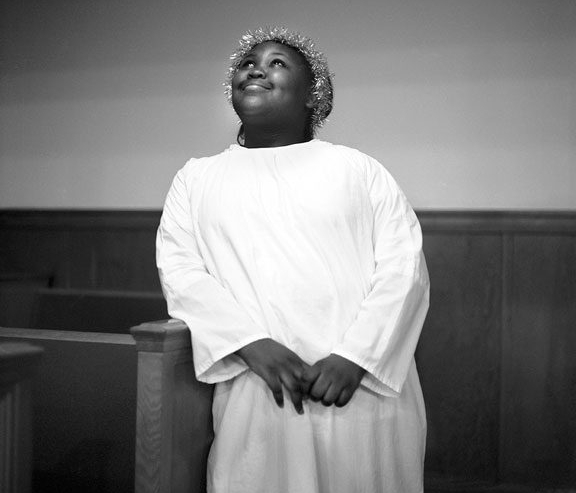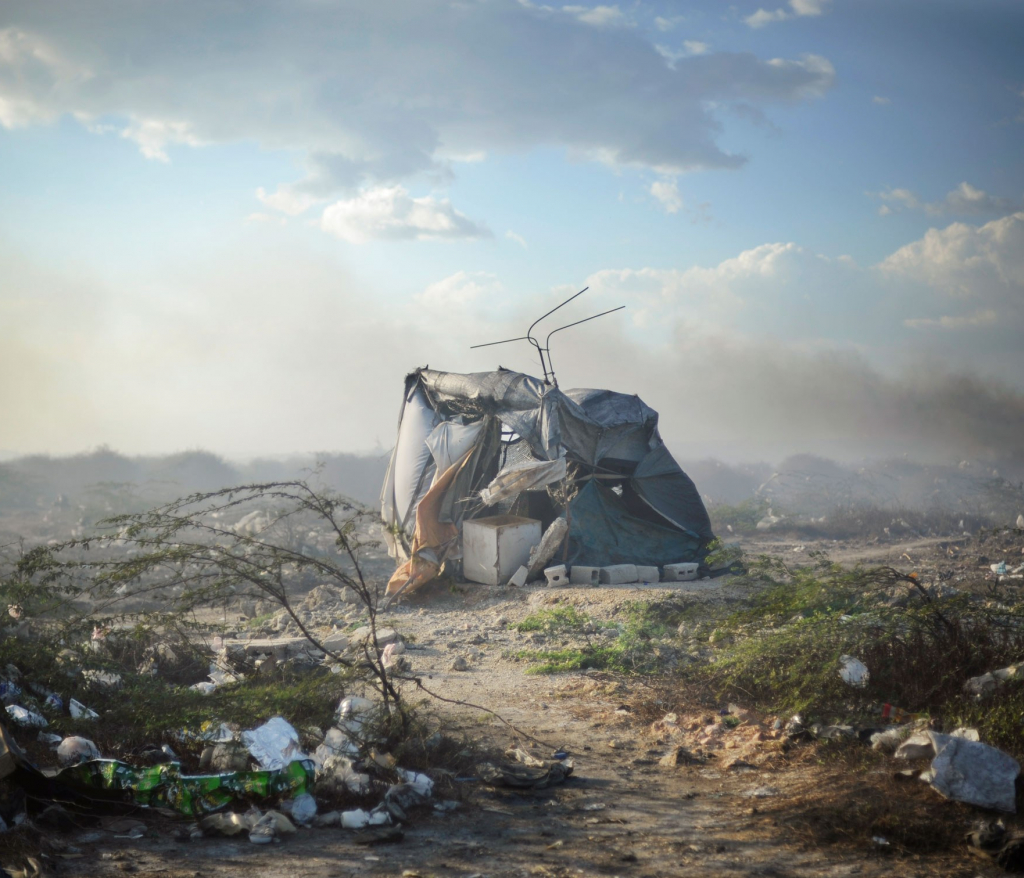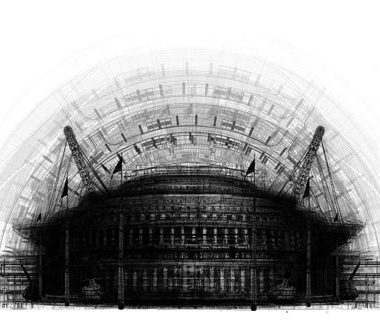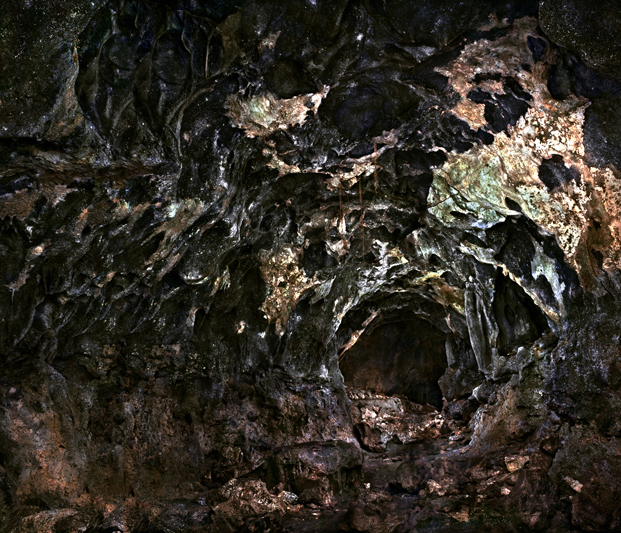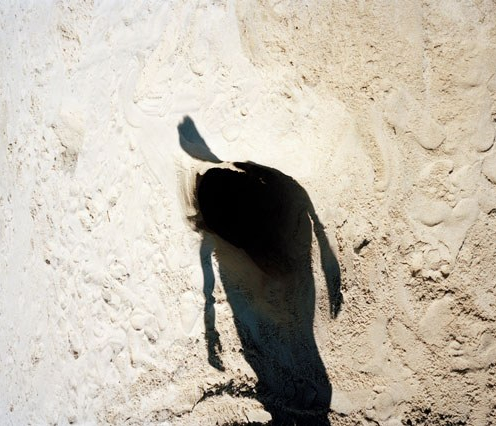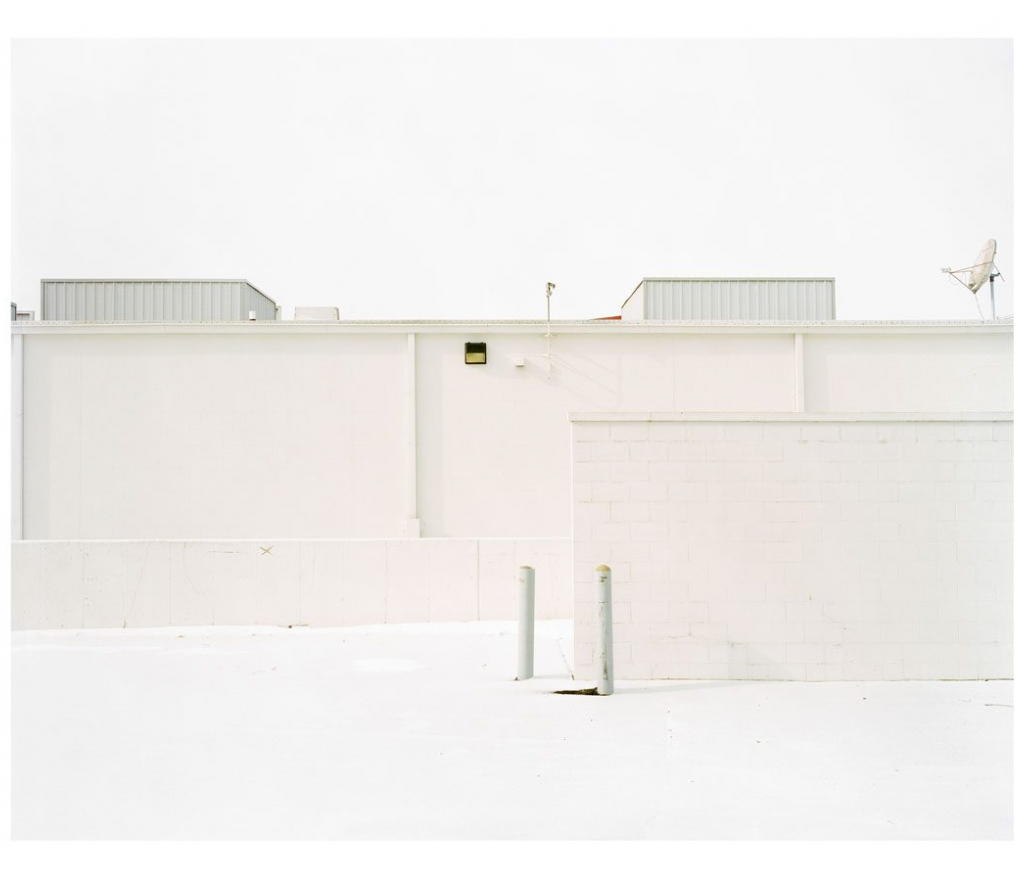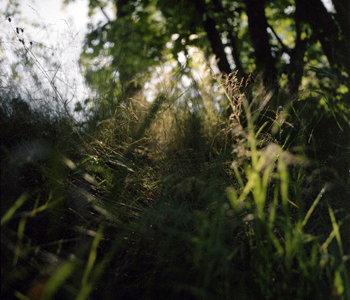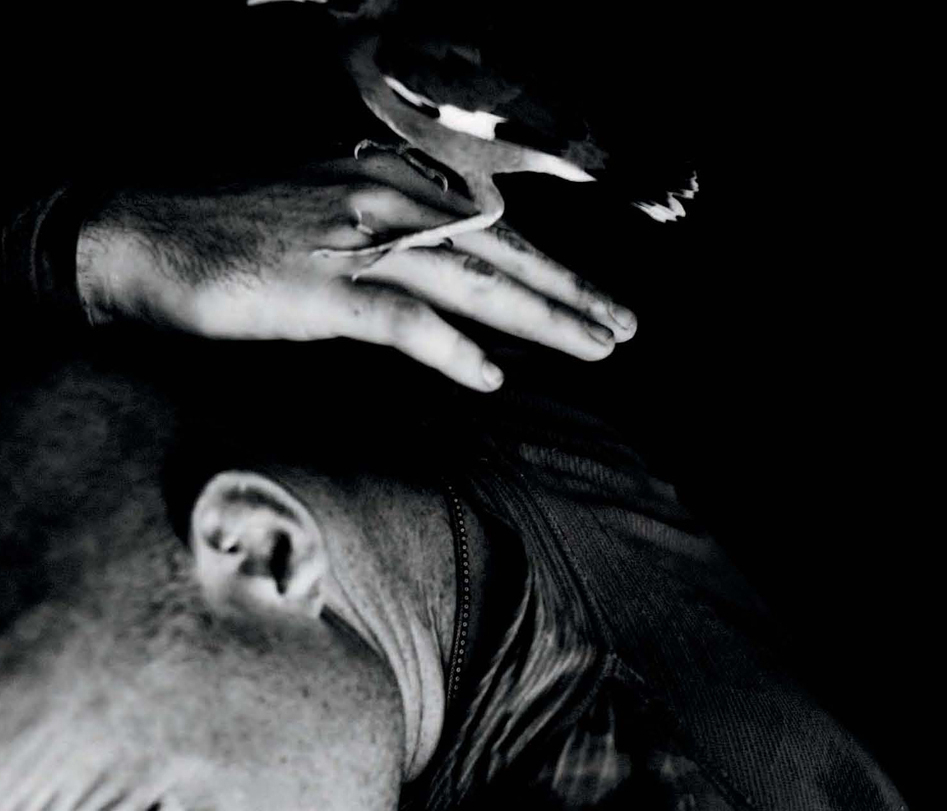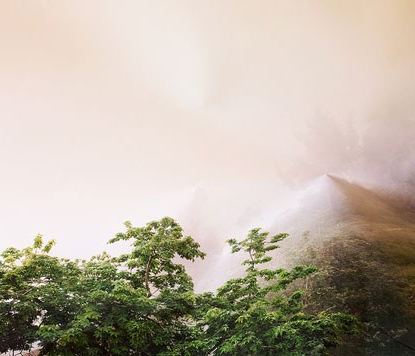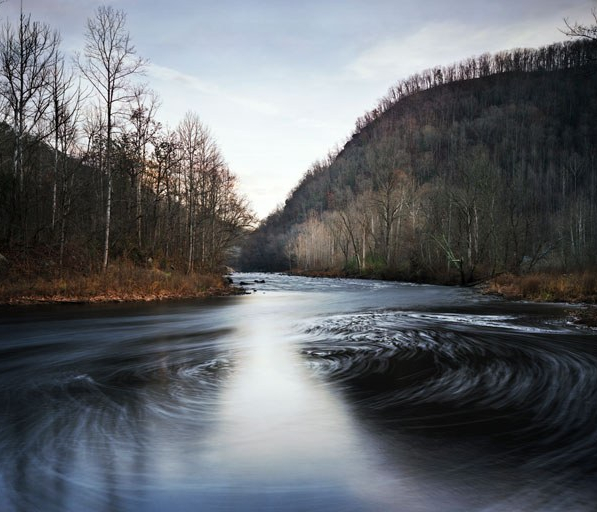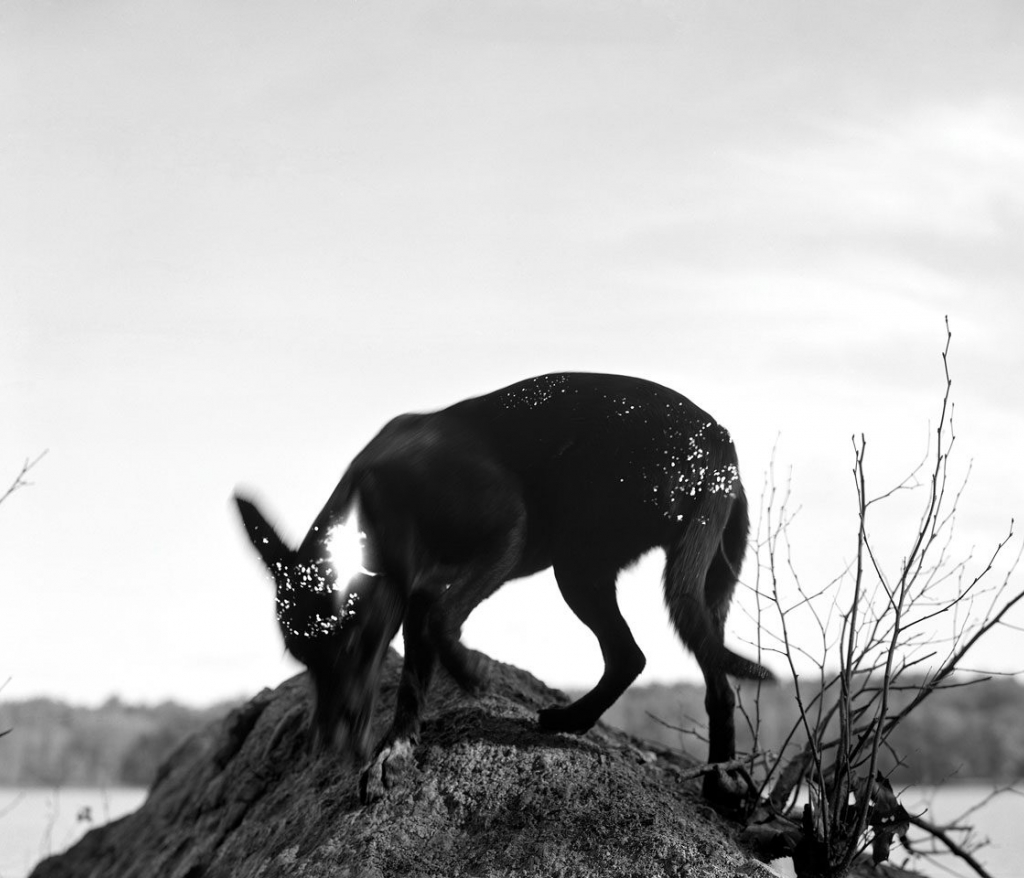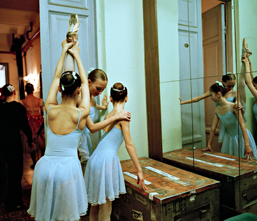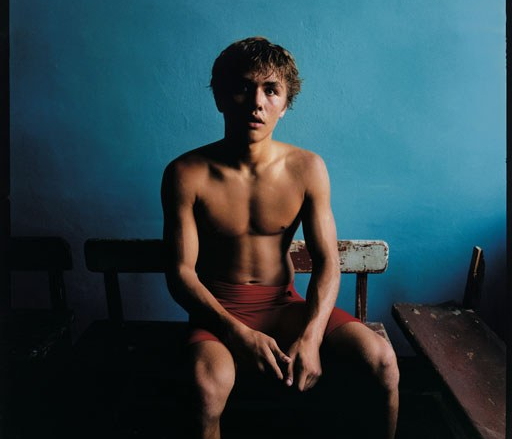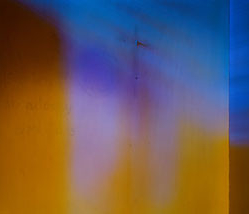Dave Jordano
Detroit – Unbroken Down
Dave Jordano
Detroit – Unbroken Down
The Detroit shown by Dave Jordano is one of a resilient people who take pride in their city. As a native son and a patient observer, he’s able to avoid the pull of the more common narratives about the place. Photographers have flocked to the motor city in the past few years, with a natural fascination for deterioration and peeling paint. Detroit - Unbroken Down serves as an important contrast to that more common lens of decimation. Jordano gives voice to the people who go about their lives in Detroit, and he does so with considerable artistry.
The tone of the project is hopeful, without simplifying the story or shying away from the harder realities of economic struggle. For every image that depicts decline, there’s another image countering the scales, showing generosity, friendship, creativity, or perseverance. And sometimes, these two aspects exist in the same image. In Resting Firemen, Eastside Detroit, 2012, a group of exhausted firemen recline on the roof of a house with boarded windows, while their co-workers continue hosing down the ruins of the arson next door. Life continues simultaneously in ruin and collaborative restoration.
The series combines images of groups within the community and sensitive individual portraits. Jordano’s pictures make you want to get to know the people in them. He creates a sense of intimacy and engagement with his subjects, as in the image Michael In His Room. Michael is seated in the middle of a bare room. His eyes pull you in first; the gaze is so direct, it feels like he is watching you. Jordano creates a subtle line from the top to the bottom of the frame. As your eyes wander down the image, they follow the lines of legs that should end in feet, but instead come to unexpectedly graceful points into the floor. It’s hard to tell at first if this is an illusion made by the green jacket worn on his legs. In reality, Michael lost his feet after jumping out of the second floor of a burning building.
Jordano’s persistence over time in his endeavor to provide a real portrait of the city is a large part of its strength. It’s evident that people open up to him, sharing their trials and the sources of their pride. It’s evident that he listens. The resulting project is rich with complexity as it walks through many of Detroit’s various communities.
DETROIT - UNBROKEN DOWN
Detroit is my hometown, but I’ve been gone for over three decades. As a child growing up, my father, who worked all his life for General Motors, used to joke and say that we had motor oil in our veins. Even after all these years of absence I still believe there is some small truth to what he said.
These photographs are my reaction to all the negative press that Detroit has had to endure over the past several years. I wanted to see for myself what everyone was talking about, and like everyone else I was initially drawn to the same subjects that other photographers were interested in; the crumbling factory interiors, the empty lots and burned out houses that consume a third of the city, and the massive abandoned commercial infrastructure. It took me a week of shooting this kind of subject matter to make me realize that I was contributing nothing to a subject that most everyone already knew much about, especially those who had been living there for years.
To counter this, I began looking at the various neighborhoods within the city and the people who live within them. This human condition, while troubled, struggling, and coping with the harsh reality of living in a post-industrial city that has fallen on the hardest of times, does thrive, and demonstrates that Detroit is not the city of death and decay that everyone was reporting in the media, but one that shows signs of human activity and movement. However, not withstanding the recent press about Detroit’s efforts to rebound from its recent bankruptcy, which is in all ways promising, my focus continues to rest on the current conditions that affect many of those who have fallen through the cracks, forgotten and marginalized poor people whose fate will only be worsened by the present economic down turn, ensuing months and years of continued hardship with little or no assistance in sight.
Whatever that outcome may be, I’ve found that most Detroiter’s wear their pride for the city they live in much like an honored badge of courage, defying all odds, openly admitting that if you can survive here, you can survive just about anywhere.
My hope is that this work will convey in many ways that Detroit is a city made up of many small communities, all building a way of life through perseverance, hope, and sheer determination. A city clinging to the vanished ideals of an urban oasis that once hailed itself as one of the most beautiful and prosperous cities in America, at one time a model city for all others to follow, but one which has now fallen from grace.
This personal project is not about what’s been destroyed, but more importantly about what’s been left behind and those who are left to cope with it.
Dave Jordano was born in 1948 in Detroit, Michigan. He received his BFA in photography from the Center for Creative Studies in Detroit in 1974. In 1977 he established a highly successful commercial photography studio in Chicago, shooting major advertising campaigns for companies such as Crate & Barrel, Starbucks, Sears, Nestle, Kraft Foods, General Mills, Nintendo, and Kellogg’s.
As mid-career fine art photographer, Jordano has received numerous accolades and awards. He first received an honorable mention in the Houston Center for Photography’s Long-term Fellowship Project in 2003, and then received the Curator’s Choice Award the following year. He is a four-time top 20 finalist in the Photolucida’s “Critical Mass” national photography competition in Portland, OR as well as becoming a three-time finalist in the LenCulture International Photography Awards.
In 2015 he was awarded the Peter Urban Legacy Prize and Best of Show Award from the Griffin Museum of Photography’s annual competition, became a finalist in the triennial Outwin-Boochever Portrait Competition from the Nation Portrait Gallery, Washington DC, and received the prestigious $50,000 AIMIA-AGO Photography Prize in Canada for his work in Detroit. Jordano has exhibited both internationally and nationally.
His work is included in several private, corporate and museum collections, most notably the permanent collection of The Museum of Contemporary Photography, Chicago, the Library of Congress, Prints and Photographs Division, the Museum of Fine Arts, Houston, and the Museum of Fine Arts, Boston, the Detroit Art Institute, The Harris Bank Collection, the Mary & Leigh Block Museum of Art, Northwestern University, and the Federal Reserve.
His first book, published by the Center for American Places at Columbia College, Chicago titled, “Articles of Faith, Small African-American Community Churches of Chicago”, was released in April 2009.His second book titled, “Detroit: Unbroken Down” was published in September of 2015 by PowerHouse Books and has won several “Best of 2015” Photo Book Awards. His current publication, “A Detroit Nocturne” was recently released in April of 2018, also by PowerHouse Books.
Dave Jordano currently resides in Chicago, Illinois.
Dave Jordano
Detroit – Unbroken Down
The Detroit shown by Dave Jordano is one of a resilient people who take pride in their city. As a native son and a patient observer, he’s able to avoid the pull of the more common narratives about the place. Photographers have flocked to the motor city in the past few years, with a natural fascination for deterioration and peeling paint. Detroit - Unbroken Down serves as an important contrast to that more common lens of decimation. Jordano gives voice to the people who go about their lives in Detroit, and he does so with considerable artistry.
The tone of the project is hopeful, without simplifying the story or shying away from the harder realities of economic struggle. For every image that depicts decline, there’s another image countering the scales, showing generosity, friendship, creativity, or perseverance. And sometimes, these two aspects exist in the same image. In Resting Firemen, Eastside Detroit, 2012, a group of exhausted firemen recline on the roof of a house with boarded windows, while their co-workers continue hosing down the ruins of the arson next door. Life continues simultaneously in ruin and collaborative restoration.
The series combines images of groups within the community and sensitive individual portraits. Jordano’s pictures make you want to get to know the people in them. He creates a sense of intimacy and engagement with his subjects, as in the image Michael In His Room. Michael is seated in the middle of a bare room. His eyes pull you in first; the gaze is so direct, it feels like he is watching you. Jordano creates a subtle line from the top to the bottom of the frame. As your eyes wander down the image, they follow the lines of legs that should end in feet, but instead come to unexpectedly graceful points into the floor. It’s hard to tell at first if this is an illusion made by the green jacket worn on his legs. In reality, Michael lost his feet after jumping out of the second floor of a burning building.
Jordano’s persistence over time in his endeavor to provide a real portrait of the city is a large part of its strength. It’s evident that people open up to him, sharing their trials and the sources of their pride. It’s evident that he listens. The resulting project is rich with complexity as it walks through many of Detroit’s various communities.
DETROIT - UNBROKEN DOWN
Detroit is my hometown, but I’ve been gone for over three decades. As a child growing up, my father, who worked all his life for General Motors, used to joke and say that we had motor oil in our veins. Even after all these years of absence I still believe there is some small truth to what he said.
These photographs are my reaction to all the negative press that Detroit has had to endure over the past several years. I wanted to see for myself what everyone was talking about, and like everyone else I was initially drawn to the same subjects that other photographers were interested in; the crumbling factory interiors, the empty lots and burned out houses that consume a third of the city, and the massive abandoned commercial infrastructure. It took me a week of shooting this kind of subject matter to make me realize that I was contributing nothing to a subject that most everyone already knew much about, especially those who had been living there for years.
To counter this, I began looking at the various neighborhoods within the city and the people who live within them. This human condition, while troubled, struggling, and coping with the harsh reality of living in a post-industrial city that has fallen on the hardest of times, does thrive, and demonstrates that Detroit is not the city of death and decay that everyone was reporting in the media, but one that shows signs of human activity and movement. However, not withstanding the recent press about Detroit’s efforts to rebound from its recent bankruptcy, which is in all ways promising, my focus continues to rest on the current conditions that affect many of those who have fallen through the cracks, forgotten and marginalized poor people whose fate will only be worsened by the present economic down turn, ensuing months and years of continued hardship with little or no assistance in sight.
Whatever that outcome may be, I’ve found that most Detroiter’s wear their pride for the city they live in much like an honored badge of courage, defying all odds, openly admitting that if you can survive here, you can survive just about anywhere.
My hope is that this work will convey in many ways that Detroit is a city made up of many small communities, all building a way of life through perseverance, hope, and sheer determination. A city clinging to the vanished ideals of an urban oasis that once hailed itself as one of the most beautiful and prosperous cities in America, at one time a model city for all others to follow, but one which has now fallen from grace.
This personal project is not about what’s been destroyed, but more importantly about what’s been left behind and those who are left to cope with it.
Dave Jordano was born in 1948 in Detroit, Michigan. He received his BFA in photography from the Center for Creative Studies in Detroit in 1974. In 1977 he established a highly successful commercial photography studio in Chicago, shooting major advertising campaigns for companies such as Crate & Barrel, Starbucks, Sears, Nestle, Kraft Foods, General Mills, Nintendo, and Kellogg’s.
As mid-career fine art photographer, Jordano has received numerous accolades and awards. He first received an honorable mention in the Houston Center for Photography’s Long-term Fellowship Project in 2003, and then received the Curator’s Choice Award the following year. He is a four-time top 20 finalist in the Photolucida’s “Critical Mass” national photography competition in Portland, OR as well as becoming a three-time finalist in the LenCulture International Photography Awards.
In 2015 he was awarded the Peter Urban Legacy Prize and Best of Show Award from the Griffin Museum of Photography’s annual competition, became a finalist in the triennial Outwin-Boochever Portrait Competition from the Nation Portrait Gallery, Washington DC, and received the prestigious $50,000 AIMIA-AGO Photography Prize in Canada for his work in Detroit. Jordano has exhibited both internationally and nationally.
His work is included in several private, corporate and museum collections, most notably the permanent collection of The Museum of Contemporary Photography, Chicago, the Library of Congress, Prints and Photographs Division, the Museum of Fine Arts, Houston, and the Museum of Fine Arts, Boston, the Detroit Art Institute, The Harris Bank Collection, the Mary & Leigh Block Museum of Art, Northwestern University, and the Federal Reserve.
His first book, published by the Center for American Places at Columbia College, Chicago titled, “Articles of Faith, Small African-American Community Churches of Chicago”, was released in April 2009.His second book titled, “Detroit: Unbroken Down” was published in September of 2015 by PowerHouse Books and has won several “Best of 2015” Photo Book Awards. His current publication, “A Detroit Nocturne” was recently released in April of 2018, also by PowerHouse Books.
Dave Jordano currently resides in Chicago, Illinois.
